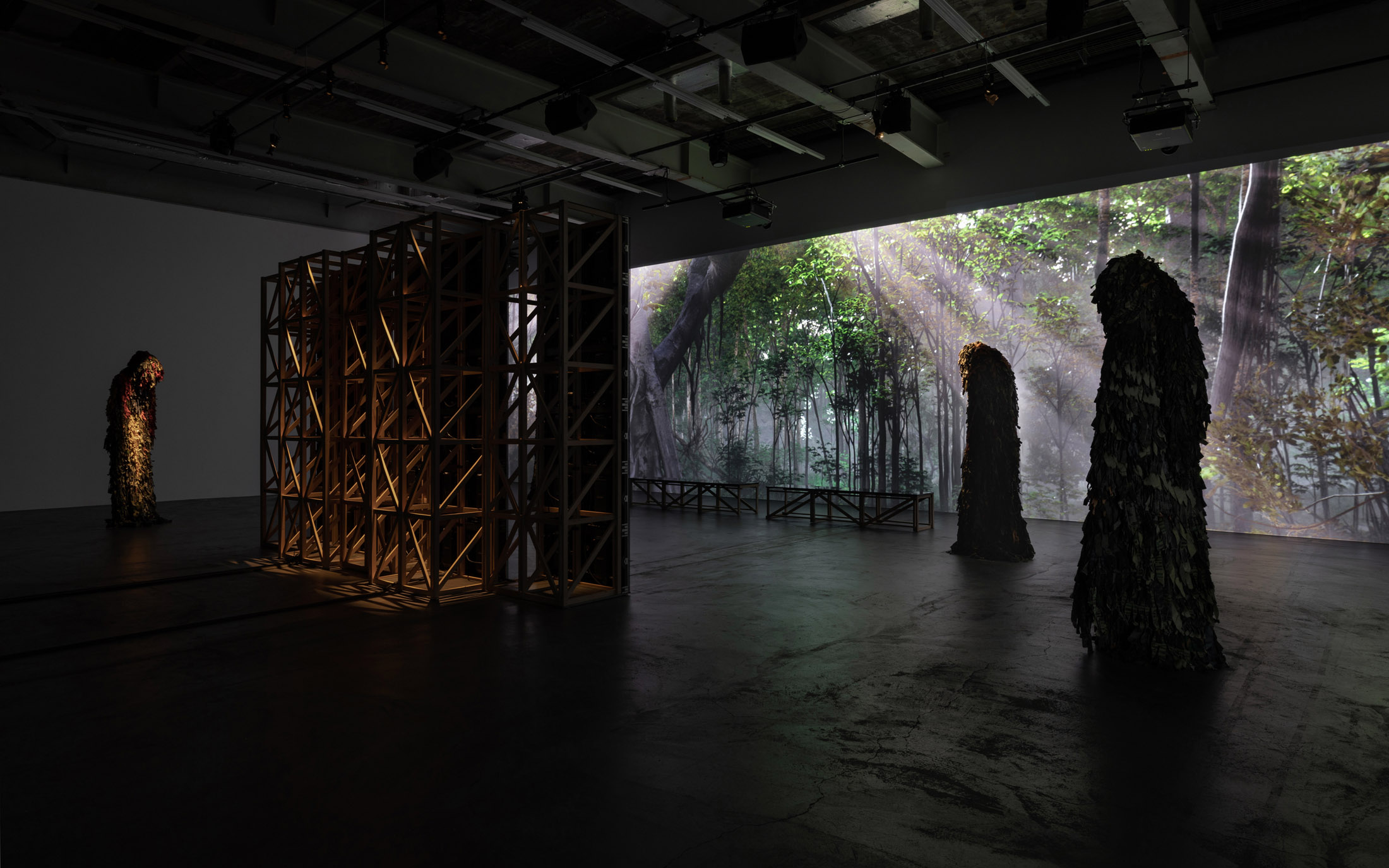‘How can you know the reality of a conflict when the winners get to write its history?’
From 10 June–10 September 2023 Kunsthalle Zürich presents Christopher Kulendran Thomas: FOR REAL, an exhibition across both floors of the institution by the British-Tamil artist, in collaboration with Annika Kuhlmann and featuring Aṇaṅkuperuntinaivarkal Inkaaleneraam.
Christopher Kulendran Thomas: FOR REAL takes the failed struggle for an independent Tamil homeland, Tamil Eelam, in the north and east of present-day Sri Lanka, as its starting point. Another point of departure connected to this is the observation that, with the end of the war there in 2009, the contemporary art world was able to establish itself in the Sri Lankan capital Colombo, with new galleries, a museum and a biennial projecting democratic values internationally. Conceived and realised in collaboration with Annika Kuhlmann, the exhibition retells the story of this attempt to create a new reality on the island, and traces the revolutionary creative scene that was extinguished by it. But the exhibition is more than what it seems. Melding historical documentary with speculative sci-fi, the show plunges you into a hall of mirrors of propaganda and hallucination, an algorithmically-generated psy-op from an alternate reality. Except that everything is true.
The war for Tamil Eelam began when an armed struggle broke out on 23 July 1983 between the Tamil minority on the island and the Sinhalese majority. The Tamil liberation movement sought freedom from oppression by the Sri Lankan government and the complete independence of the Tamil areas in the north and east of the island. This war – the culmination of previous decades of conflict – came to a brutal end in 2009, having claimed the lives of countless civilians and driven hundreds of thousands to flee to other countries, including Switzerland. Today, around 50,000 Tamils live in Switzerland; it is one of the world’s largest Tamil diaspora communities. Nevertheless, it seems this history might be forgotten.
Kulendran Thomas explores the struggle for his family’s homeland through a variety of diverse works exhibited at Kunsthalle Zürich, beginning with a cycle of paintings that metabolise Sri Lanka’s postwar art scene, alongside a series of figurative ceramic reliefs extrapolated from the defeated Tamil revolution, two immersive film installations, as well as sculptures fashioned from repurposed camouflage clothing. Using a wide range of media, styles and strategies, a body of art emerges that grapples with questions of history and propaganda – of documentation and fiction – and that is, it has to be said, very entertaining. For Kulendran Thomas’ work not only experiments with how history is recorded and told, it is simultaneously seductive, full of artistic ambition, both pessimistic and hopeful, detached and deeply personal, utopian and despairing.
The unfinished, bloody history of Tamil Eelam may be at the centre of the exhibition, but there’s a lot more going on too. While FOR REAL is certainly an important opportunity to engage with a recent lost history, Kulendran Thomas goes much further and looks not only at this particular conflict, but also poses what are by now urgent questions about history itself. How is history shaped and by whom, and will the power to write it be either consolidated or challenged by new technologies? What impact does technology have on our understanding of the past and how we inform ourselves – how do we use it, or are we used by it? How do new technologies alter our understanding of ourselves? Are they tools for emancipation, or for manipulation? And, as if by the by, another question comes into play: what part does (and can) art play in this? Should art intervene in the production of reality and to what end? The exhibition answers this last question in the affirmative – though you may not agree.
3rd floor:
Unusually, this Kunsthalle Zürich exhibition begins on the 3rd floor. The first thing you see is a series of paintings. They are reminiscent of European post-war painting, of Antoni Tàpies or Jean Fautrier, because fundamentally, Kulendran Thomas’ painting is also postwar painting – it bears the scars of a violent history. And like so much painting, a dark past is inscribed in its DNA. But there’s also something subtly uncanny about these paintings. Whilst at first glance they look like they’re from another time – a specific, recognisable time – the longer you spend with these paintings, the more you may realise that they can’t be. Certain brushstrokes seem historically implausible in combination with others. Because at the peripheries of art power, history is not a linear progression; it’s a swarm of multiple cascading timelines, a crumbling of the narratives exported by the centres of globalisation, that are perhaps easier to grasp when you step outside the Western myth of history. And with Kulendran Thomas’ paintings, that myth is algorithmically abstracted. For these pictorial works are in fact paintings of digital PNG files generated using a neural network. This network has been trained on the colonial art history that was first brought to Sri Lanka by British settlers. It then analyses the art historical influences behind the work of some of Kulendran Thomas’ most successful contemporaries in Sri Lanka, a generation of artists influenced by the Western canon encountered online. But of course the algorithm doesn’t care about history. Or time. It is only reproducing patterns. And when the resulting image is then painted onto canvas by hand, the flow of art historical memes is once again filtered, subliminally, through each of the countless micro-decisions made in the seemingly intuitive, ‘human’ act of painting – an act that is perhaps anyway not that different to the memetic filtering done by the algorithm itself. And this uncertainty about where the human ends and everything else begins – the network, the ecology, the flow – is really the key to the ‘world view’ of this exhibition.
Also on the 3rd floor, in the same space as this series of paintings, is the film installation Being Human (2019), which takes on this question directly, albeit through the prism of human rights and its relationship to contemporary art. A collaboration with curator and producer Annika Kuhlmann, this work was made in 2019 – before Sri Lanka’s subsequent economic collapse – and it briefly features Kulendran Thomas’ uncle, who founded a centre for human rights in Tamil Eelam. Looking at a flourishing art scene’s projection of humanist values, the work takes visitors on an elliptical journey around the island at the height of Sri Lanka’s short-lived postwar economic boom, guided by Norwegian-Tamil artist Ilavenil Jayapalan and other guests of the Colombo Art Biennale, including a couple of algorithmically-generated famous figures. Together they all ponder what the ‘human’ is that is protected by human rights and speculate on where it came from. Is it a fiction from the West? Is there an alternative?
2nd floor:
Downstairs, the exhibition offers a glimpse into an alternate reality, extrapolated from a very different art historical context. Visitors entering the 2nd floor gallery encounter a selection of painted ceramic reliefs and anthropomorphic sculptures clad in ghillie suits, all by the mysterious Aṇaṅkuperuntinaivarkal Inkaaleneraam, described by Kulendran Thomas only as a leading light of the Eelam Tamil artistic resistance. Extending the legacy of the revolutionary Tamil art that had its history erased with the annihilation of the de-facto state of Tamil Eelam, the painted ceramics fuse indigenous cosmology with an exploration of sexuality beyond Western binaries, drawing as much from Socialist Realism as from the ancient Tamil Sangams. But who is Aṇaṅkuperuntinaivarkal Inkaaleneraam?
With many of the Soviet-trained artists involved in the revolution working pseudonymously and in clandestine ways, The Finesse (2022/23), installed in the exhibition’s final gallery, explores the somewhat hidden creative scene of the Eelam Tamil struggle. This newly-commissioned video installation, again made in collaboration with Annika Kuhlmann, explores lost legacies of the Tamil independence movement. Throughout the show, parts of the exhibition design are extrapolated from architectural drawings that were originally intended as designs for a pluralist city. That city was to be built from sustainable timber harvested from the forest that is featured in the large-scale projection that spans the gallery. Part filmed and part-generated (because areas of this forest are inaccessible, occupied by the Sri Lankan army), this projected foliage gives way to ancient historical sites that are now ‘protected’ by the Sri Lankan government’s archaeological task force. Many Tamils see this task force as a way for the government to occupy the Tamil homeland and to dispute historical Tamil connections to the region – by essentially weaponising archeology.
This space of multi-dimensional historical fiction is the departure point for The Finesse. With Tamil filmmaker and dancer Asmina Thirunavukarasu as our guide, and with a soundtrack featuring the voice of exiled revolutionary Vasuky Vakay Jayapalan, The Finesse traces the Tamil liberation movement’s attempt, in the early years of the World Wide Web, to defy the Sri Lankan government by using the internet to build a self-reliant, computer-enabled cooperative economy, based on renewable energy and community ownership. It is an immersive and sophisticated film installation that fuses pop culture and politics with archival images and computer-generated avatars, transforming the exhibition space into an architectural, physical and intellectual hallucination. With part of the film continually algorithmically generated live the work is never the same twice, suggesting multiple possible futures. And rather than taking on directly any of the divisive culture war debates of the present moment, through the prism of another time and place, Kulendran Thomas looks at the systems shaping our polarised political climate. Blurring the lines between historical research and a sci-fi proposition for an alternate reality, the work suggests how art, architecture and technology can still today produce radical new possibilities – utopian but also pragmatic.
At KW Berlin a previous iteration of the exhibition was distinguished as the «exceptional exhibition» of 2022 by AICA Deutschland, the German section of the international art critics association.
Christopher Kulendran Thomas: FOR REAL is produced in collaboration with KW Institute for Contemporary Art, Berlin, and the Institute of Contemporary Arts, London, with thanks to Stefan Kalmár and Francesco Manacorda. It is made possible with the generous support from Filecoin Foundation, Filecoin Foundation for the Decentralized Web and Medienboard Berlin-Brandenburg. With thanks to Samir Bantal, OMA|AMO, satis&fy, the Adam Hall Group, and OCA Norway.
Christopher Kulendran Thomas is an artist, of Tamil descent, who spent his formative years in London after his family left escalating ethnic oppression in Sri Lanka. Seeing, mostly from a distance, how an ascendent contemporary art scene in Sri Lanka blossomed from the ashes of ethnic cleansing on the island, he began examining the structural processes by which art produces reality. Now working with advanced technologies across myriad disciplines, the artist’s studio is a fluid collaboration that brings together technologists, architects, writers, journalists, designers, musicians and activists from around the world. His work is represented in major collections like that of The Museum of Modern Art in New York and solo exhibitions of his work have been held at KW Institute for Contemporary Art, Berlin (2022); Institute of Contemporary Arts, London (2022); Schinkel Pavillon, Berlin (2019); Institute for Modern Art, Brisbane (2019); Spike Island, Bristol (2019); and Tensta konsthall, Stockholm (2017). Kulendran Thomas’ work has been included in the 2nd edition of the Front Triennial, Cleveland (2022); the 7th Bi-City Biennale, Shenzhen (2017); the 11th Gwangju Biennale; the 9th Berlin Biennale; and the 3rd Dhaka Art Summit (all 2016); and can currently be seen in the 5th Timișoara Biennial.
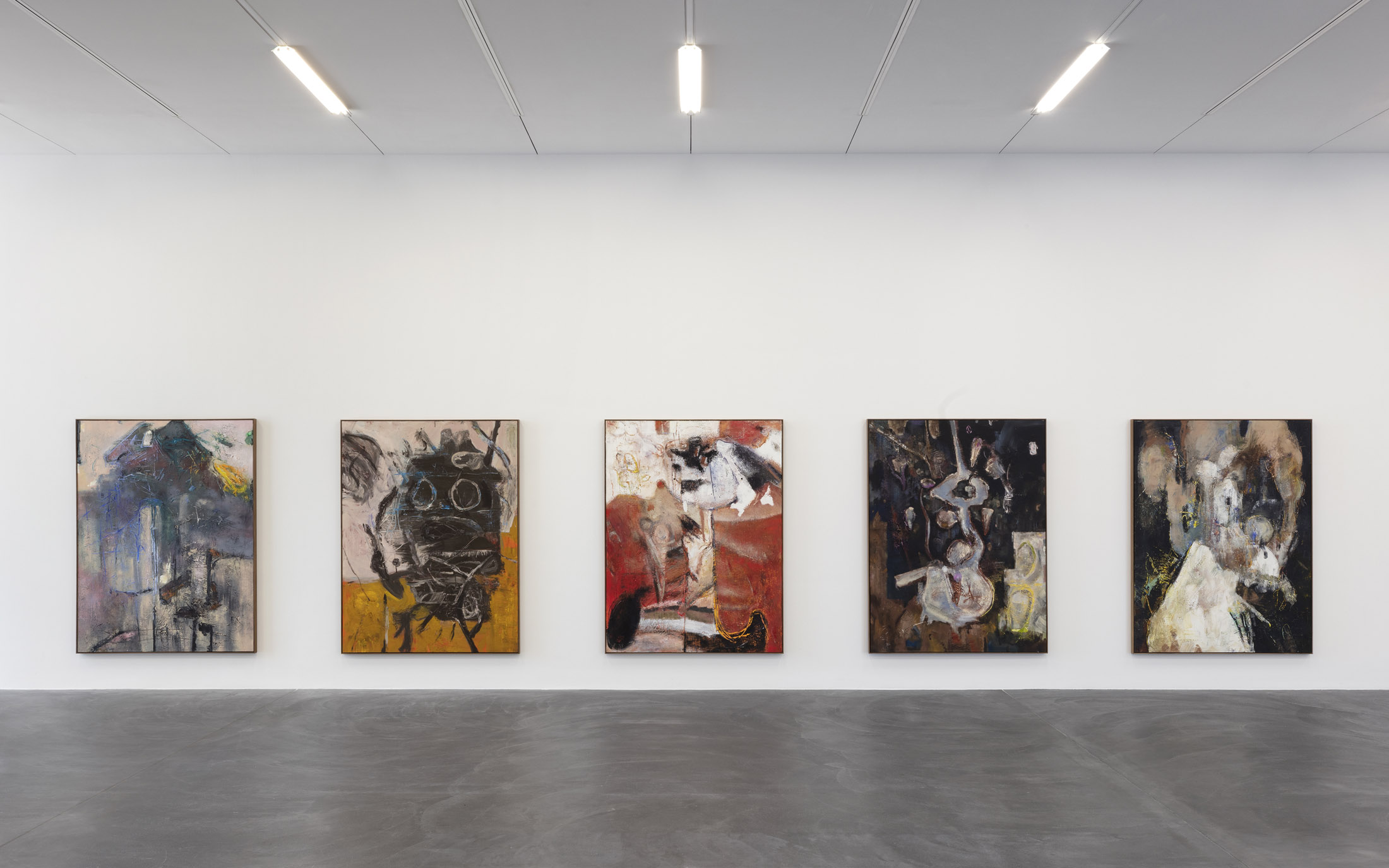
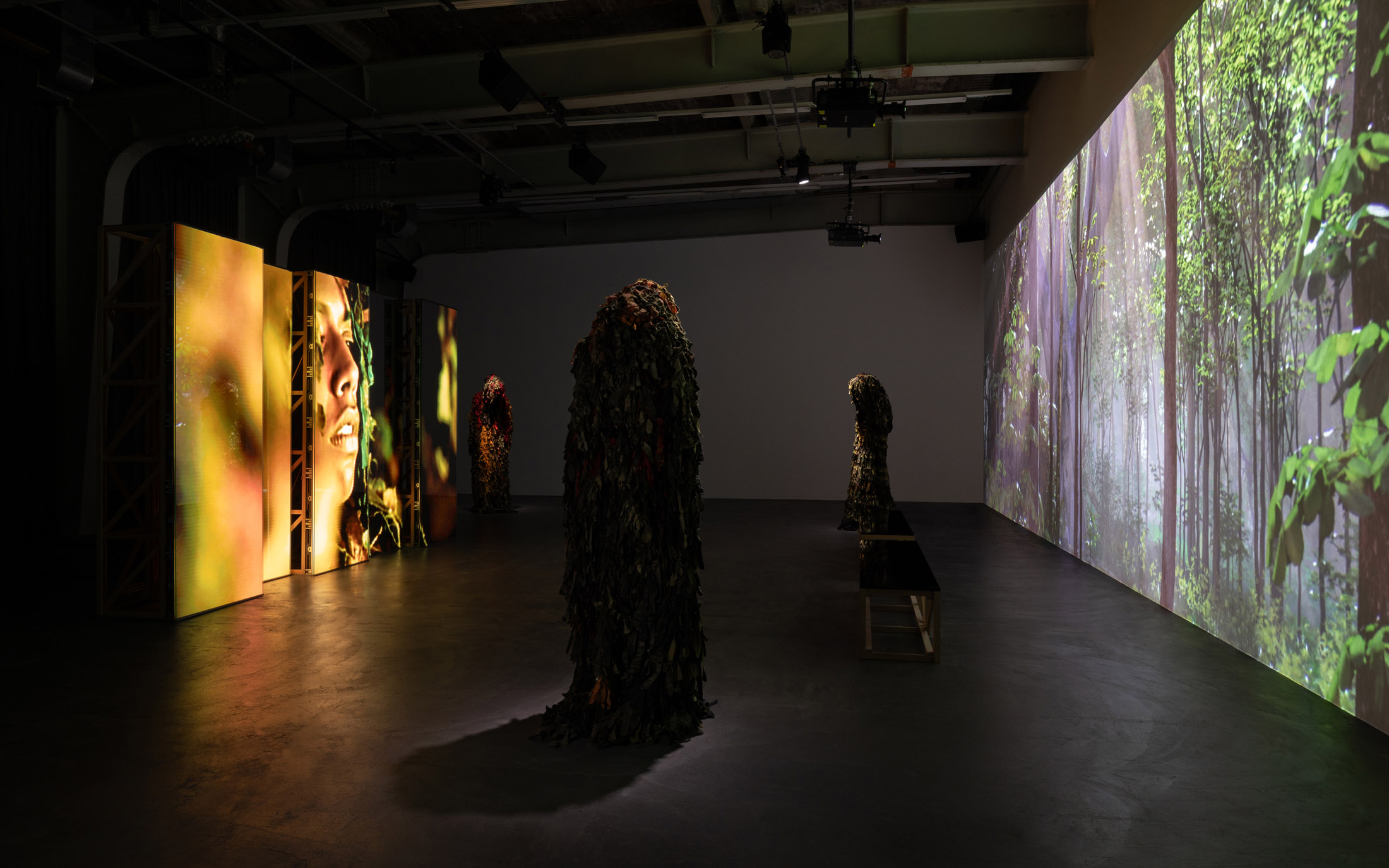
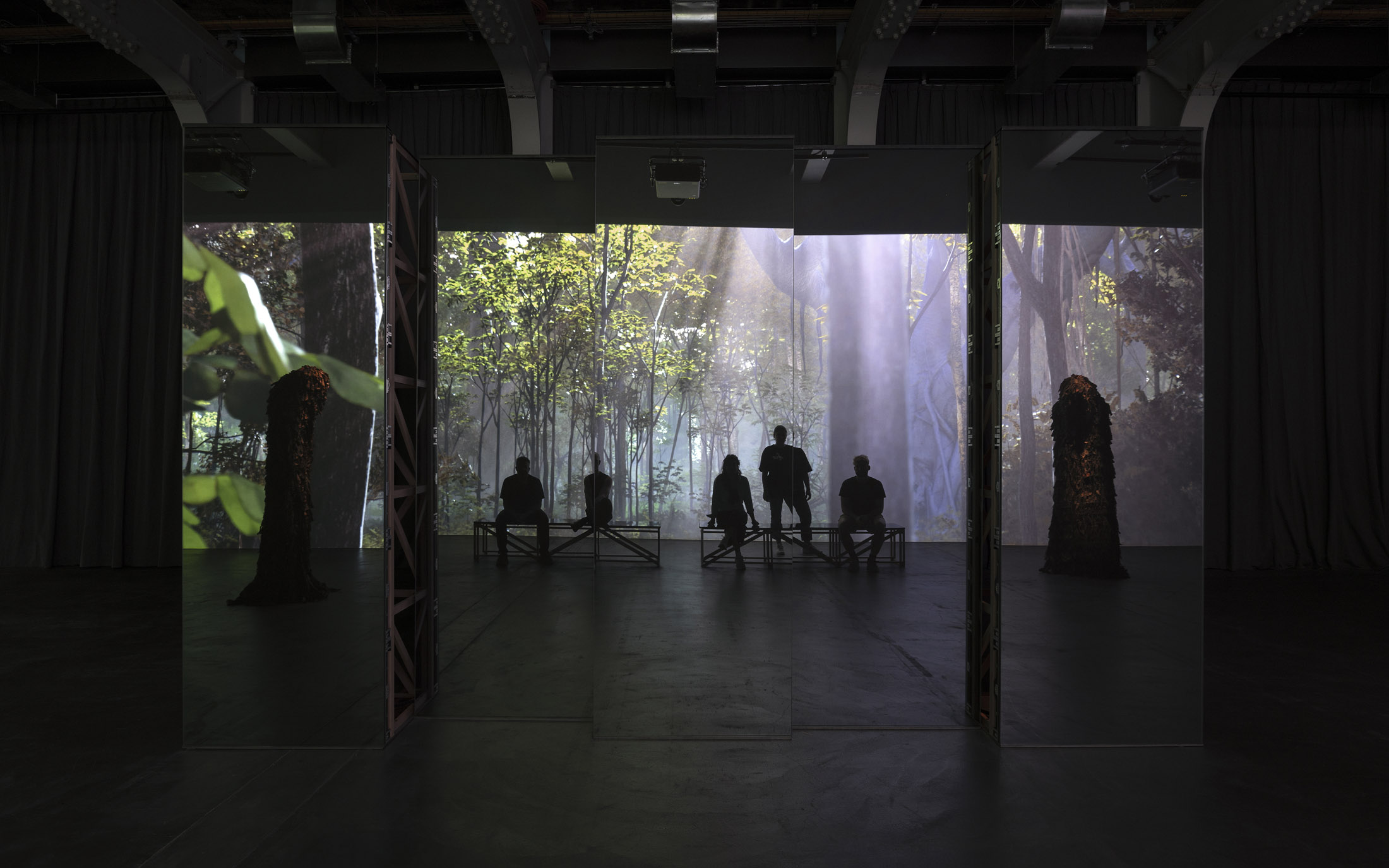

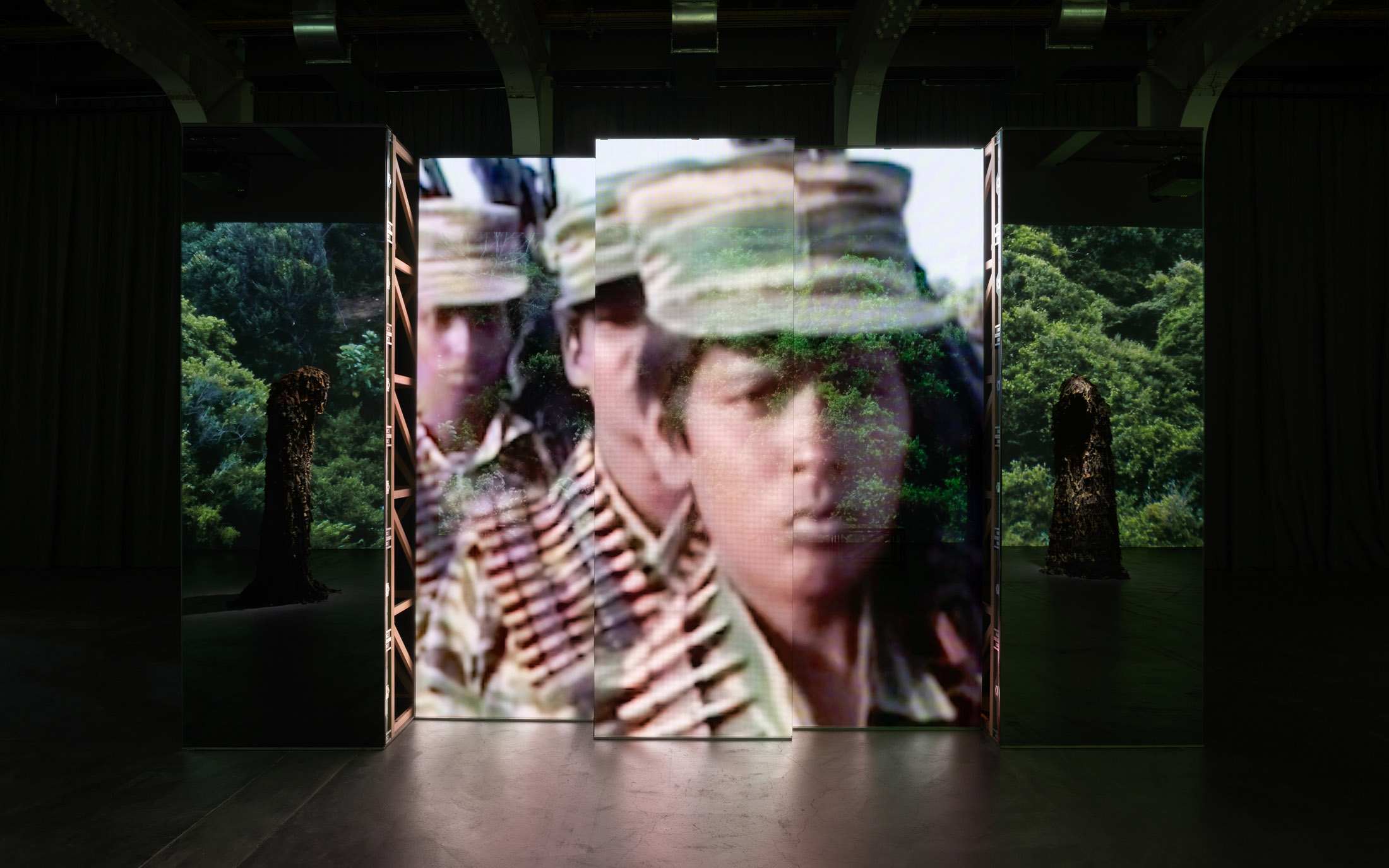
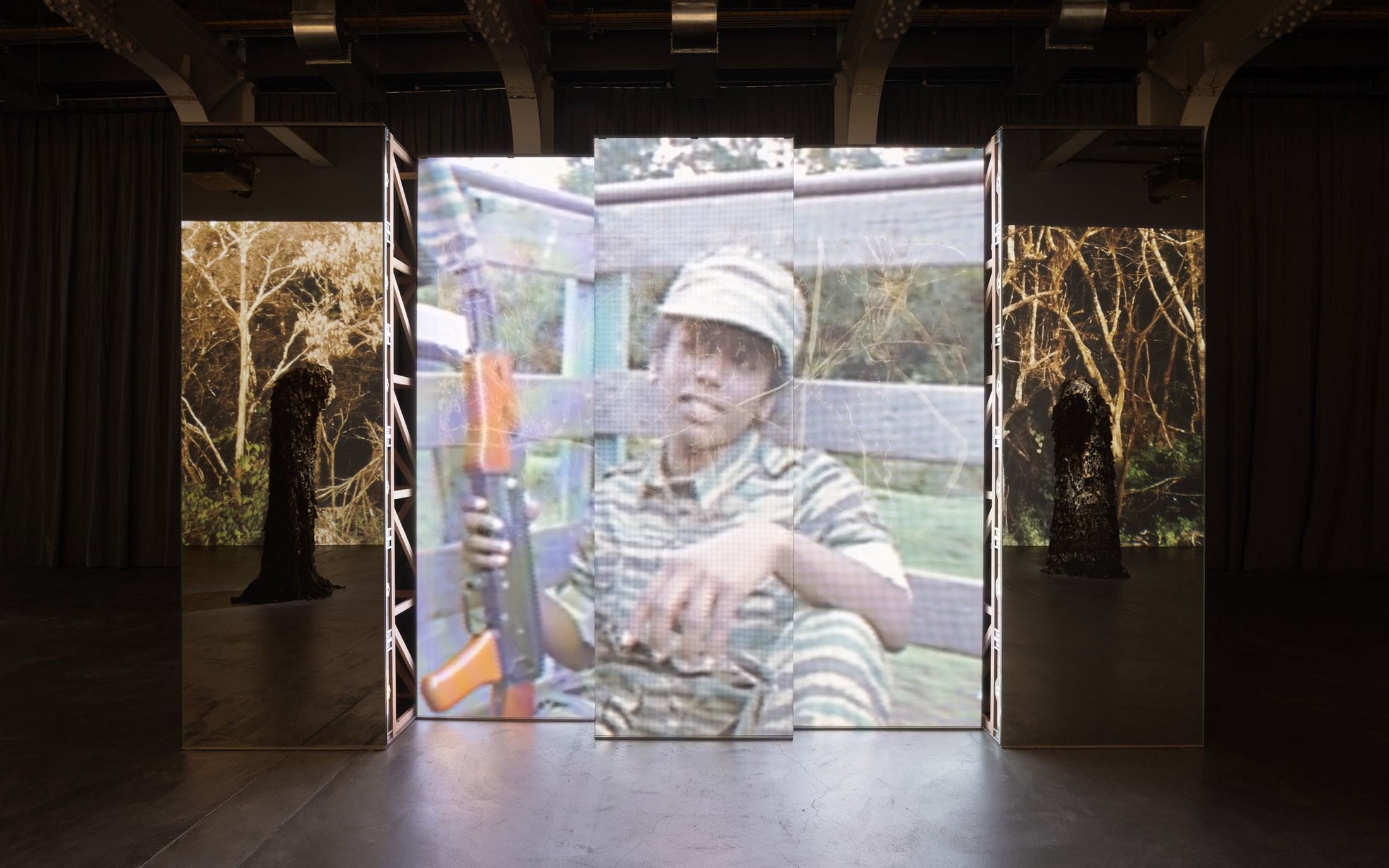
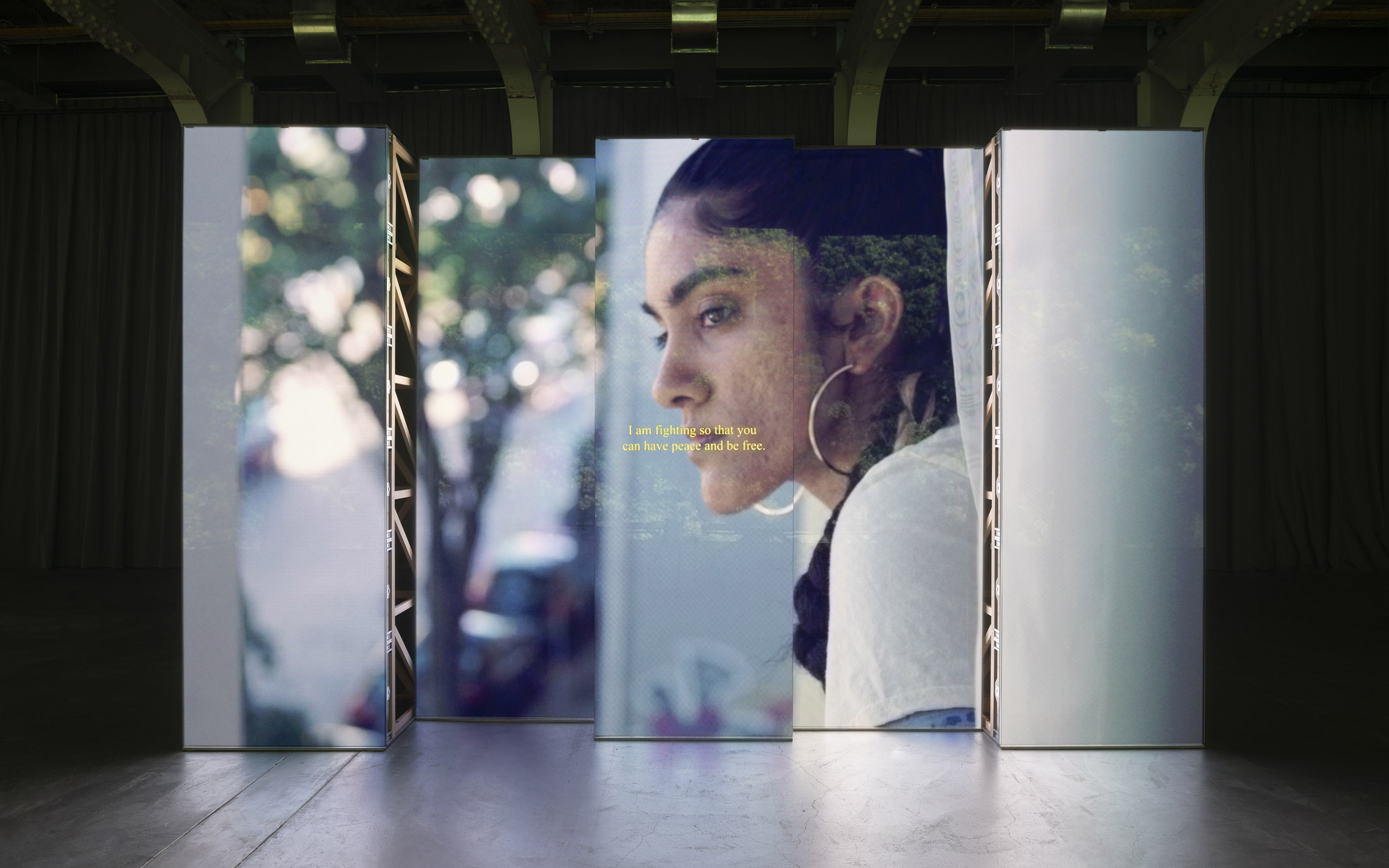

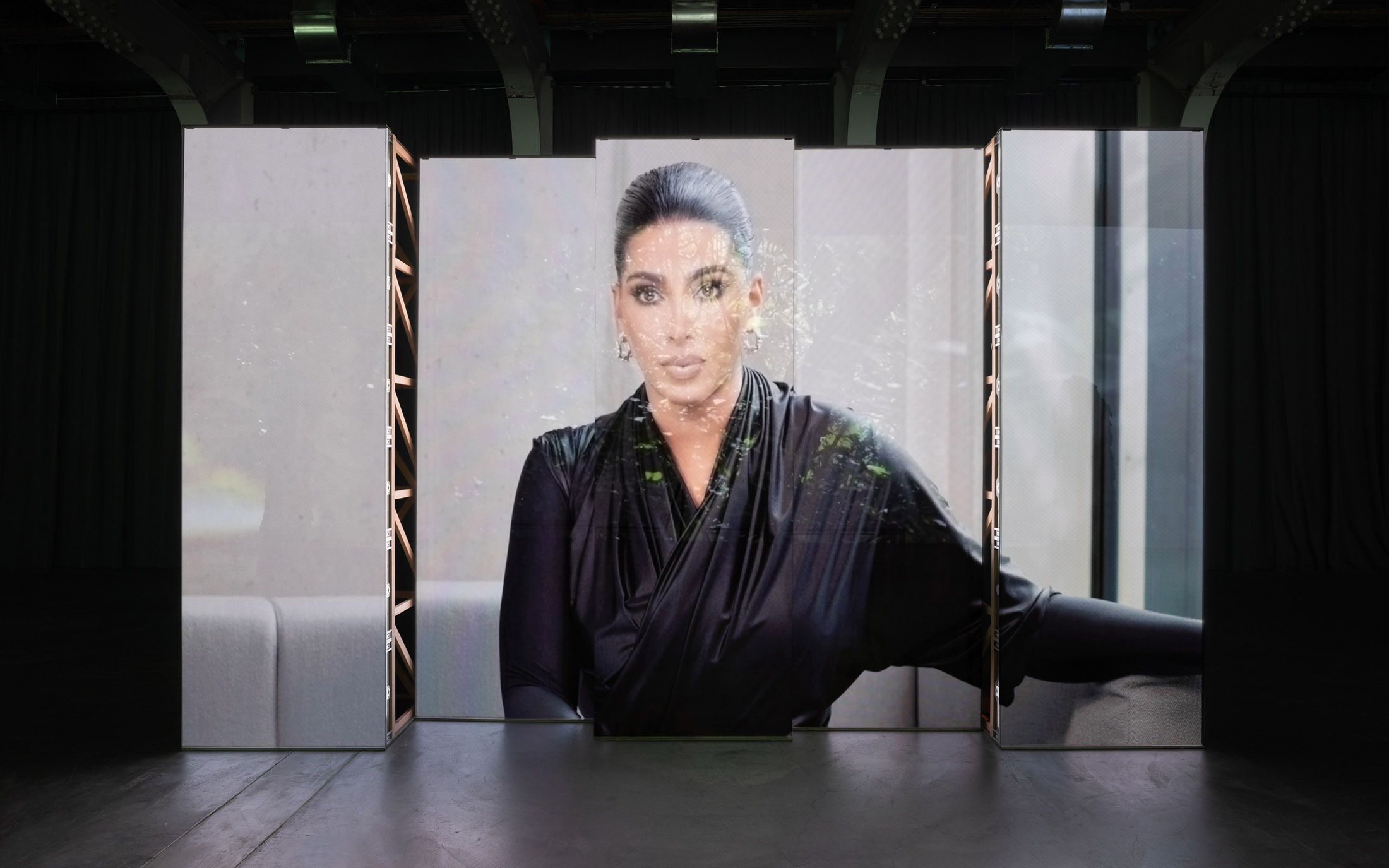
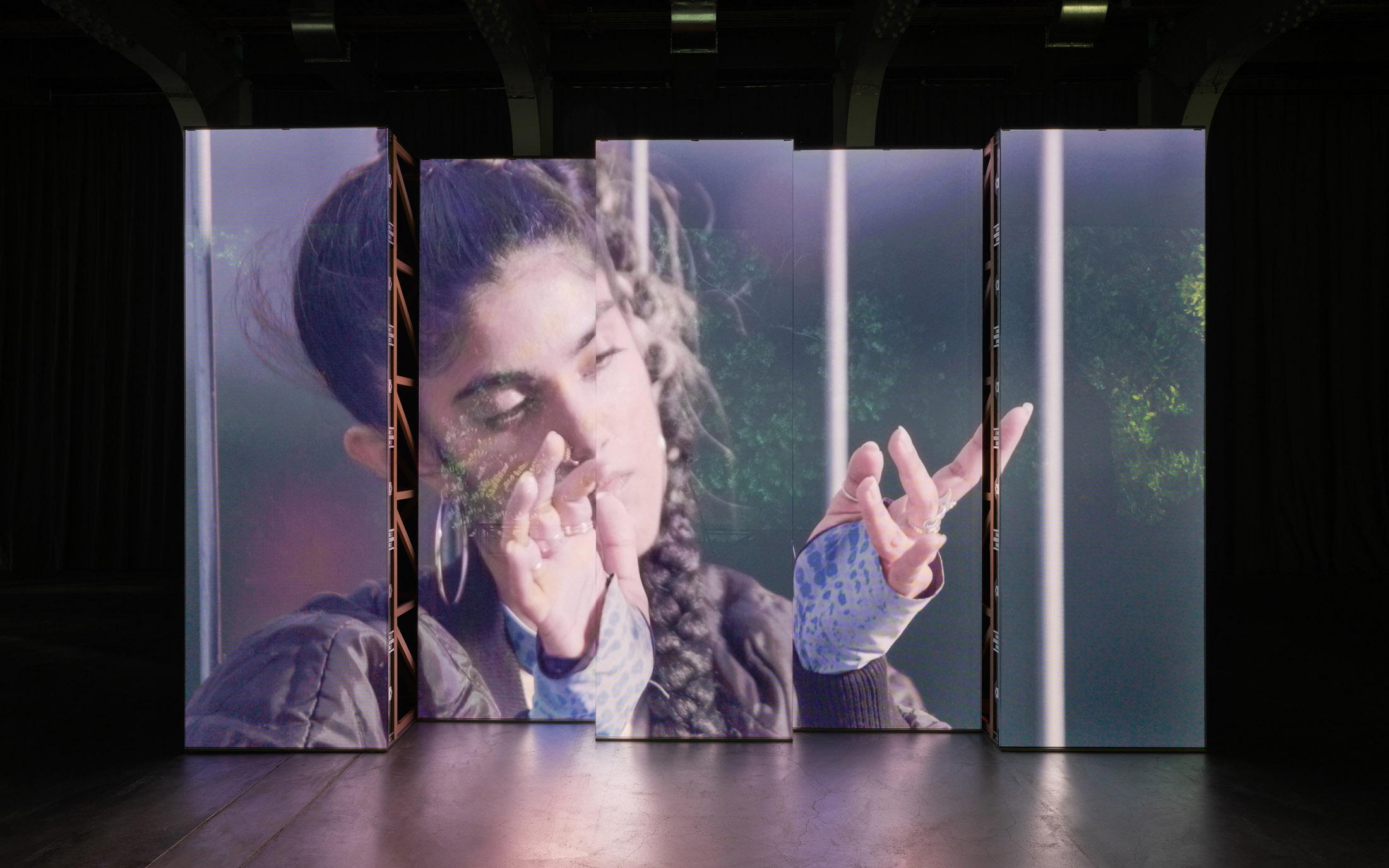
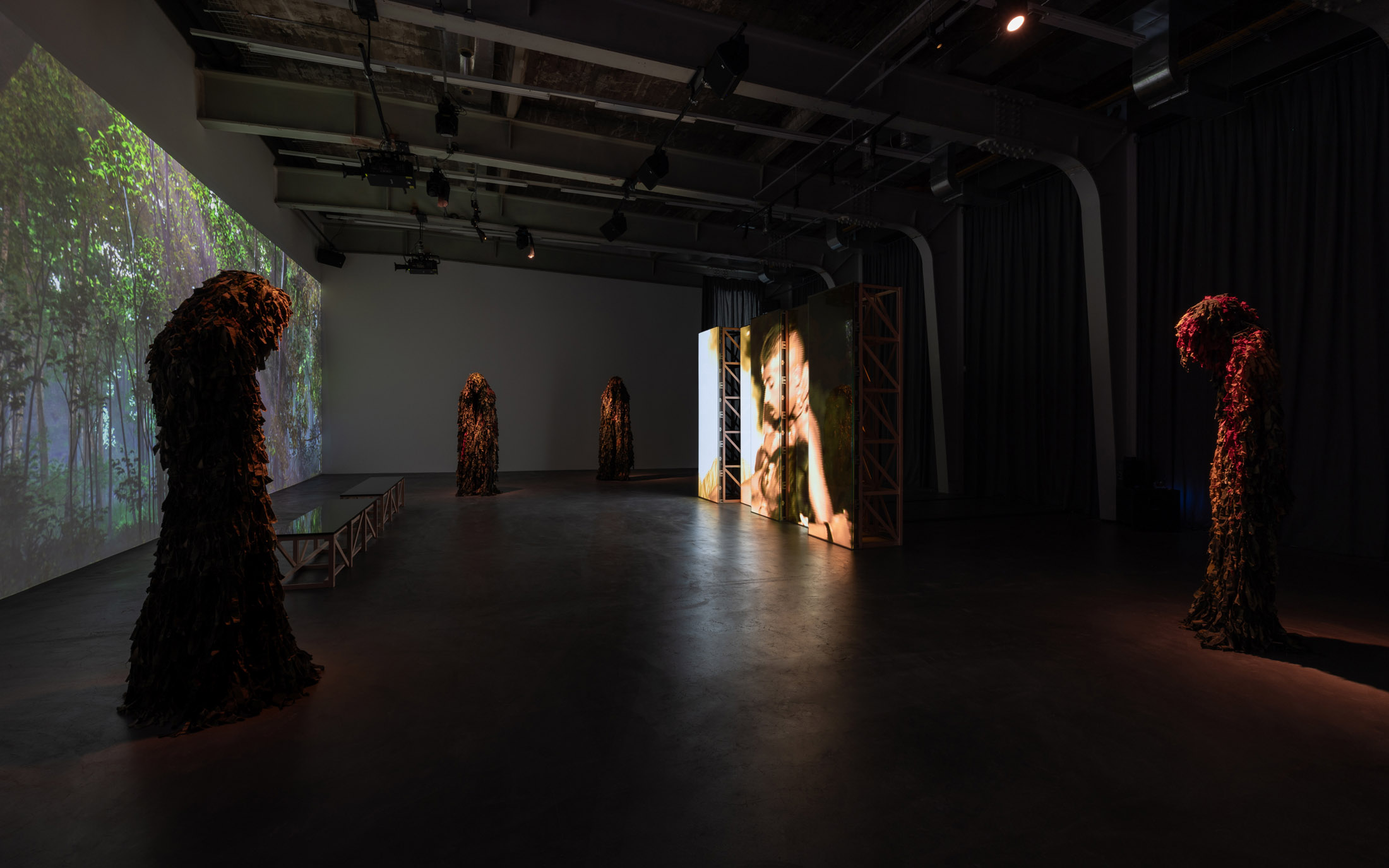
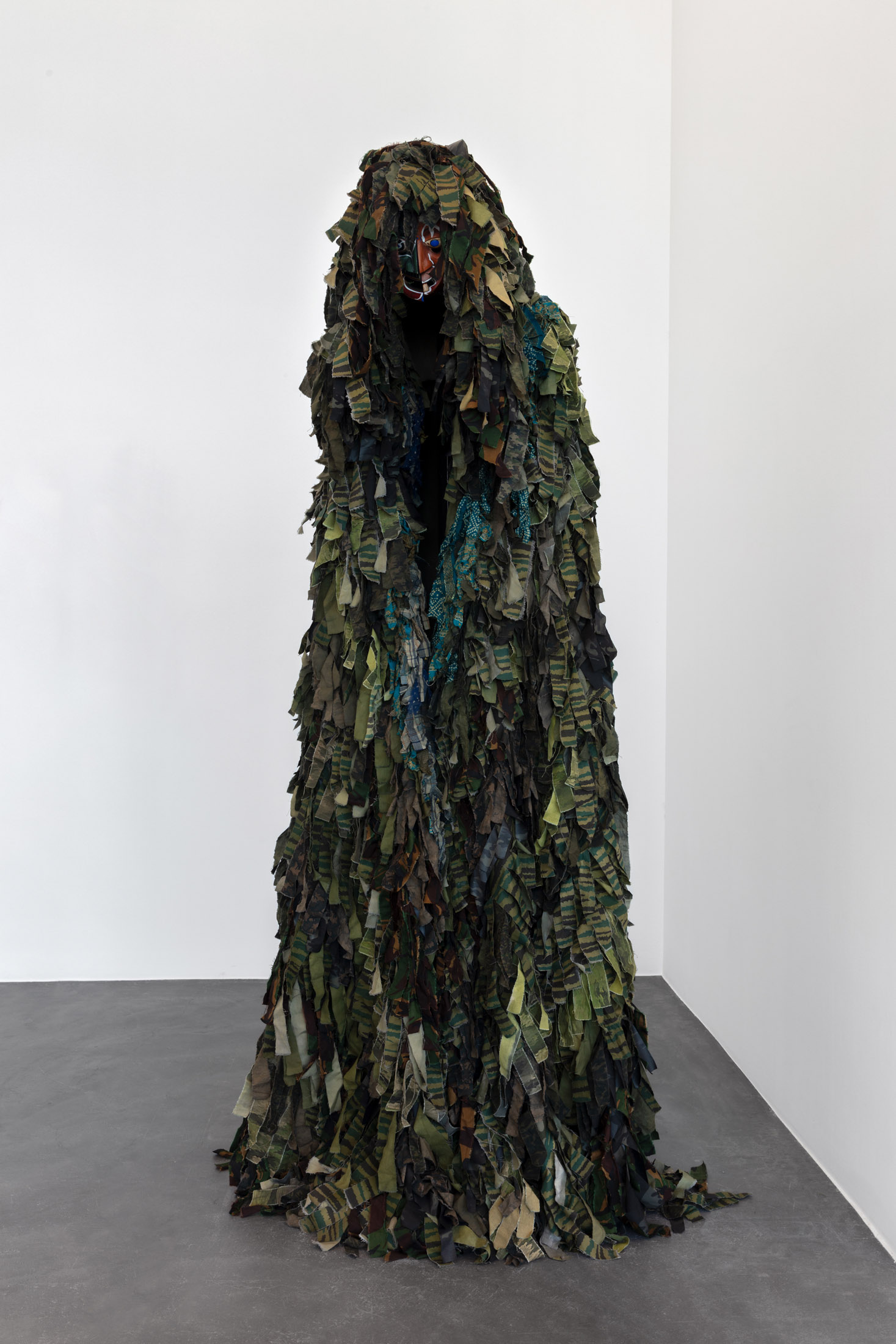
FOR REAL,’ Kunsthalle Zürich, 2023.
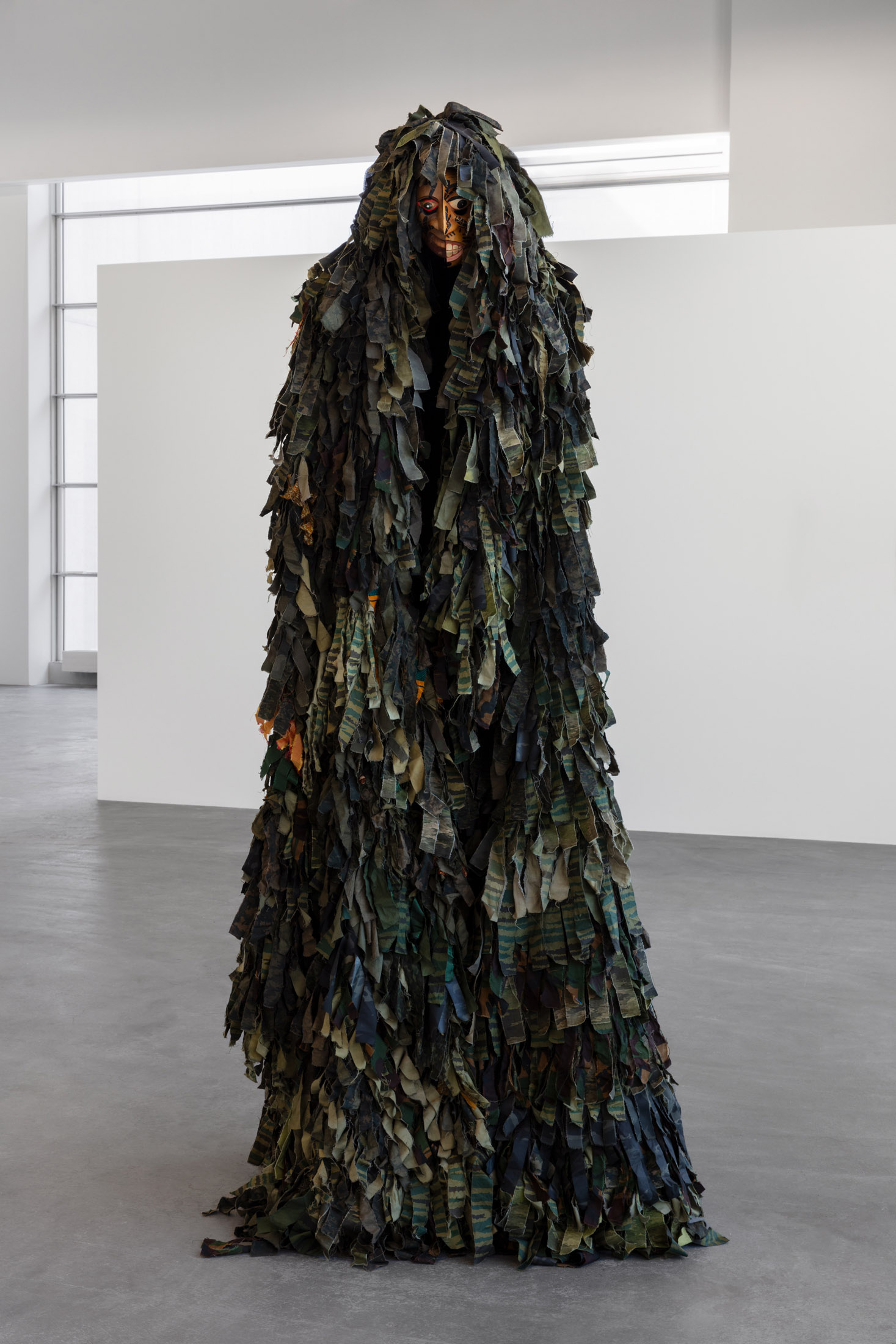
FOR REAL,’ Kunsthalle Zürich, 2023.

FOR REAL,’ Kunsthalle Zürich, 2023.
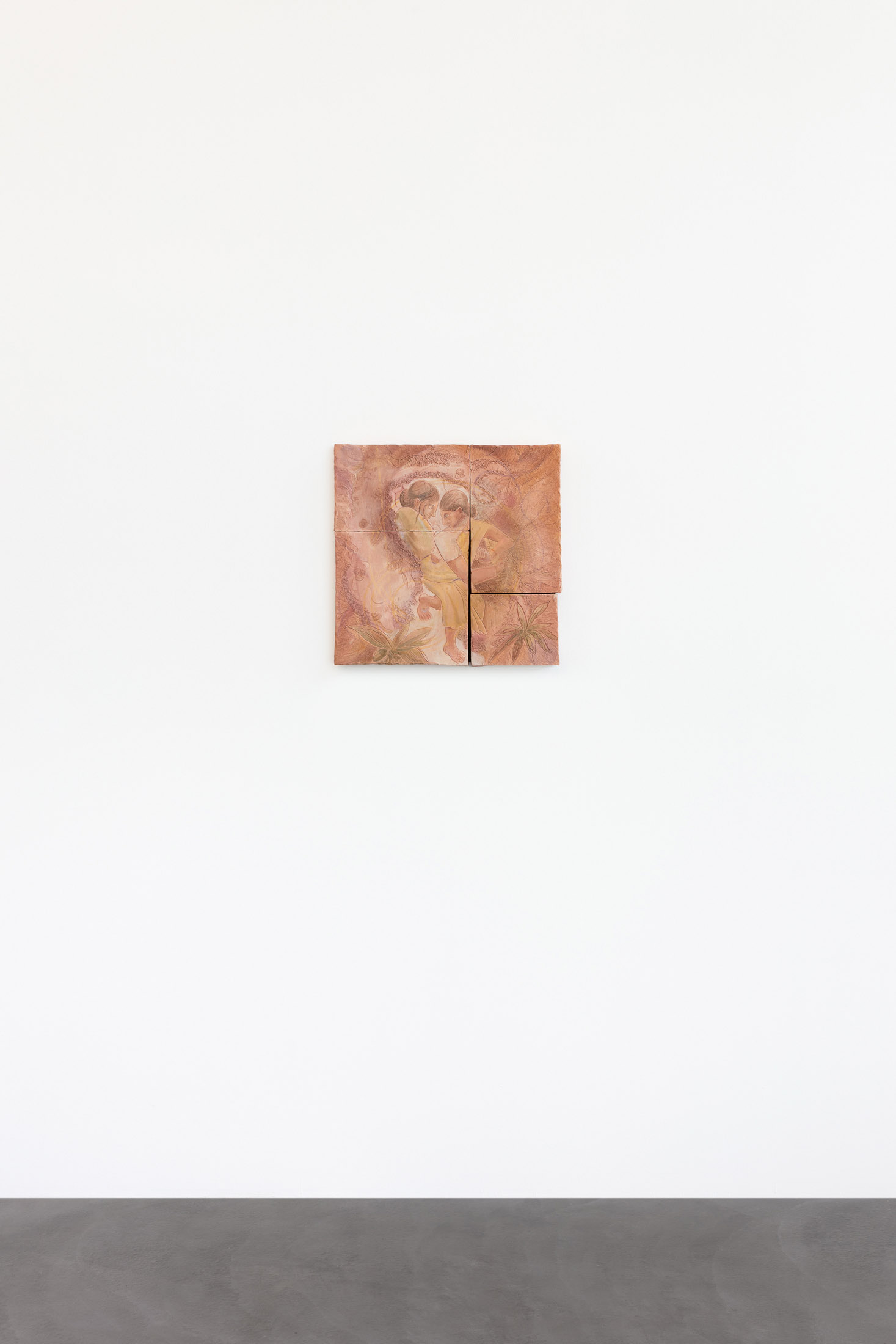
FOR REAL,’ Kunsthalle Zürich, 2023.
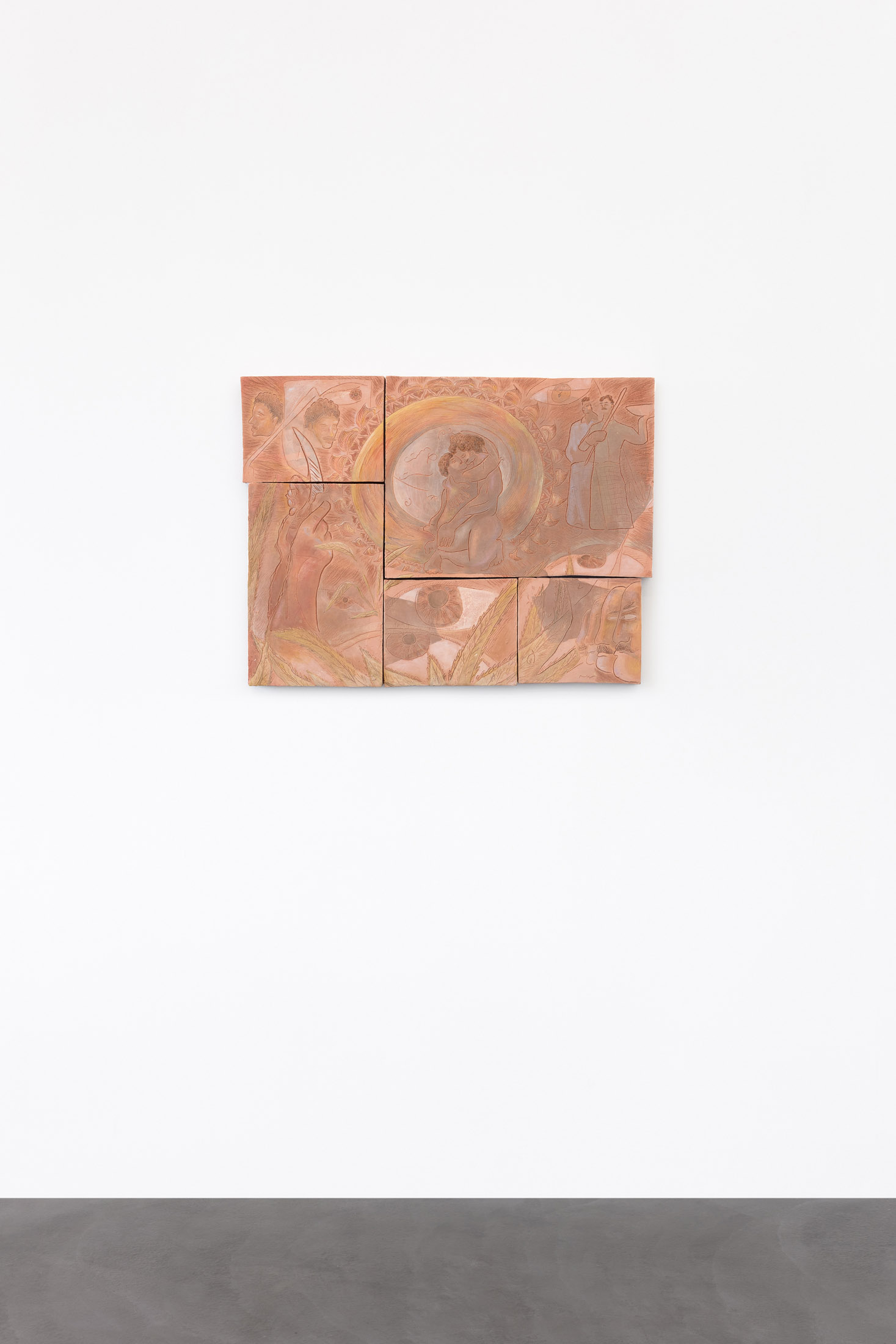
FOR REAL,’ Kunsthalle Zürich, 2023.
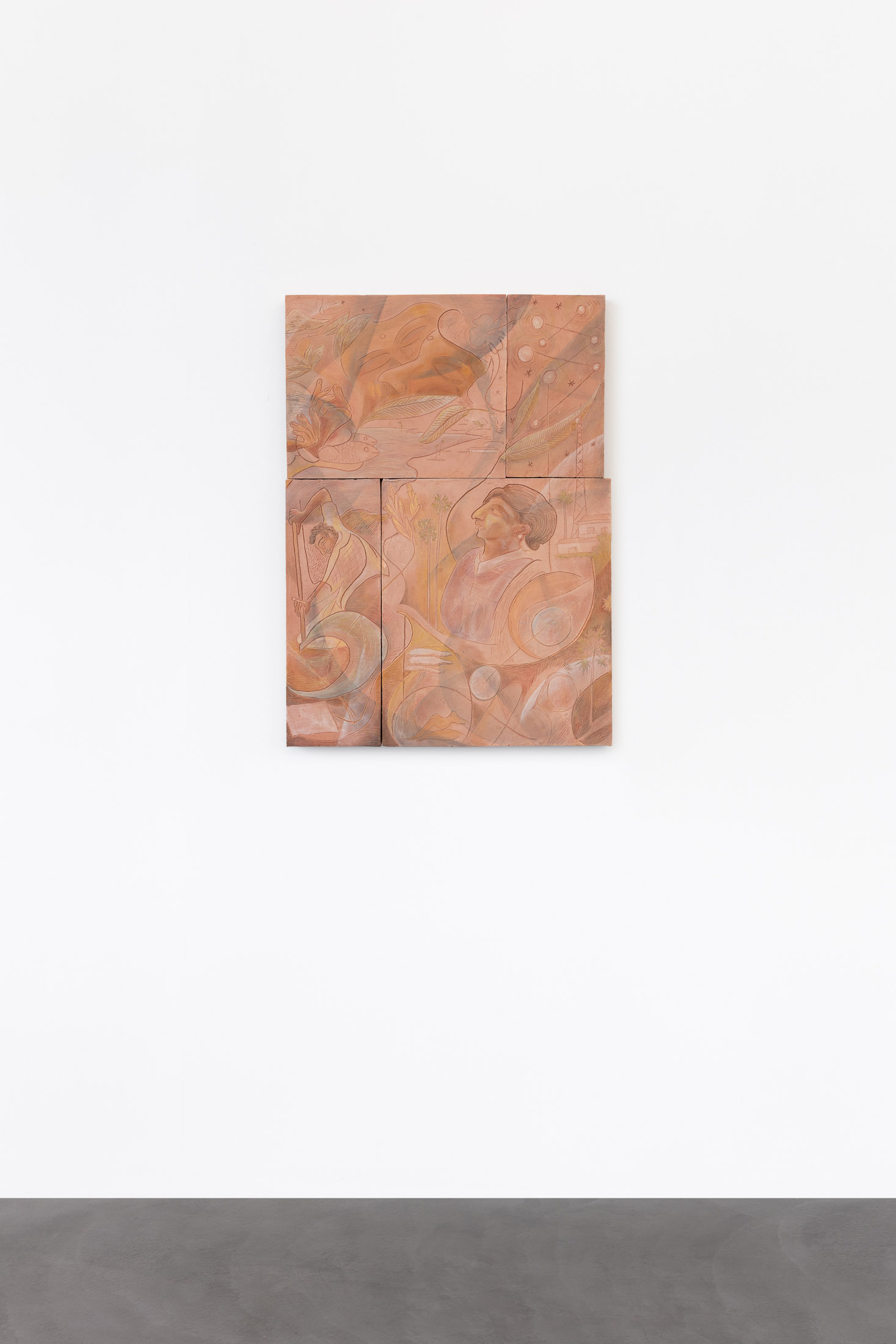
FOR REAL,’ Kunsthalle Zürich, 2023.

FOR REAL,’ Kunsthalle Zürich, 2023.
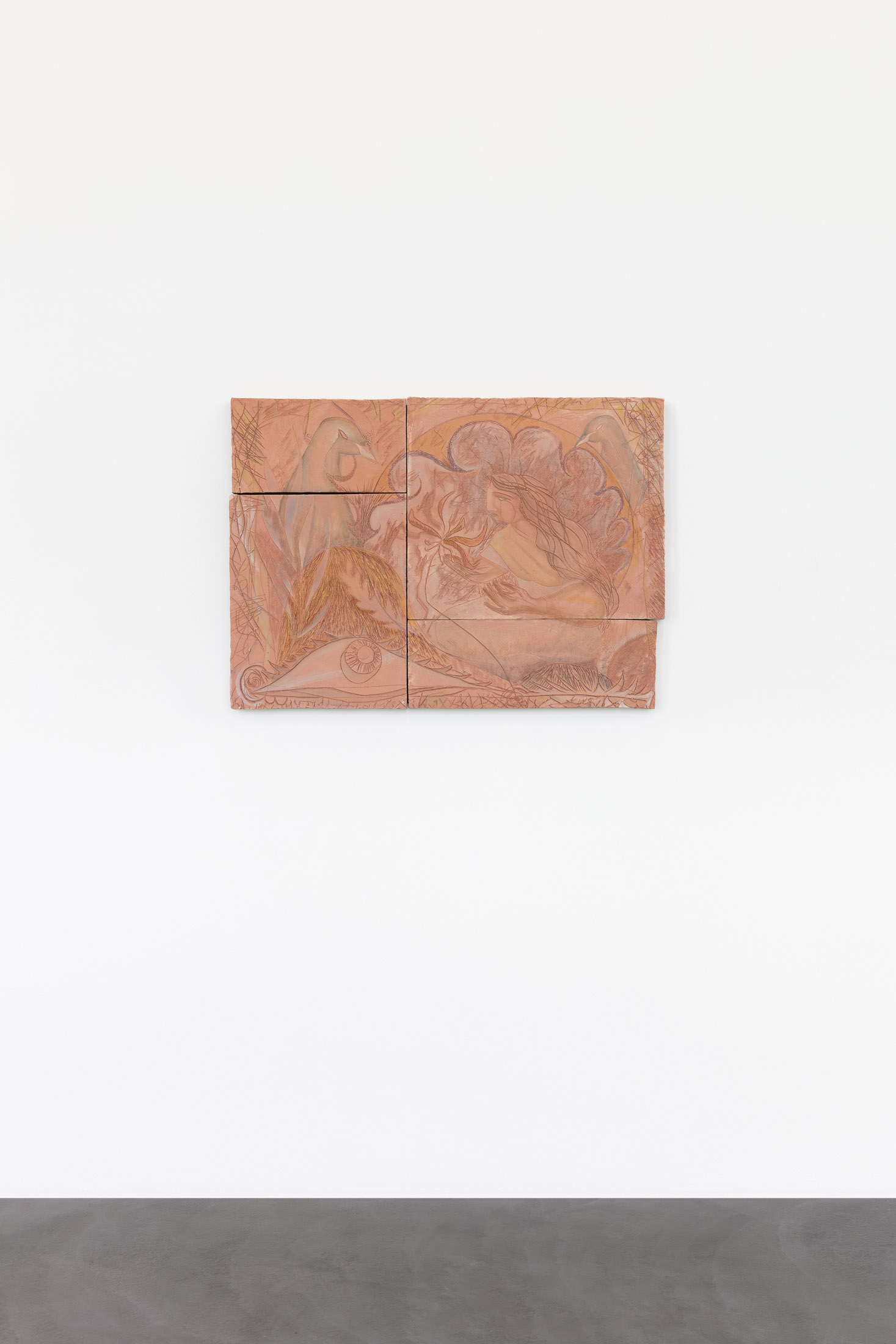
FOR REAL,’ Kunsthalle Zürich, 2023.
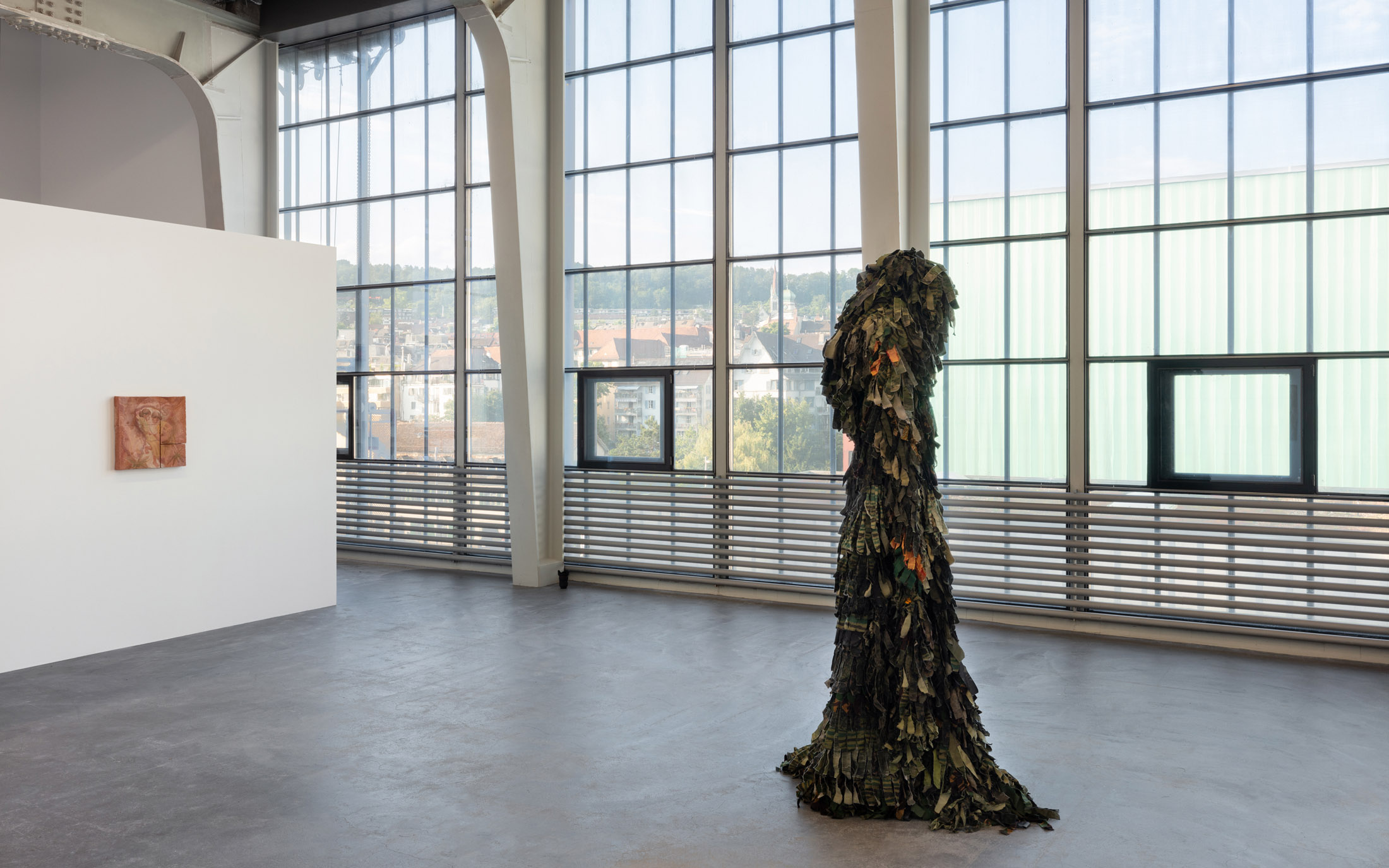
FOR REAL,’ Kunsthalle Zürich, 2023.
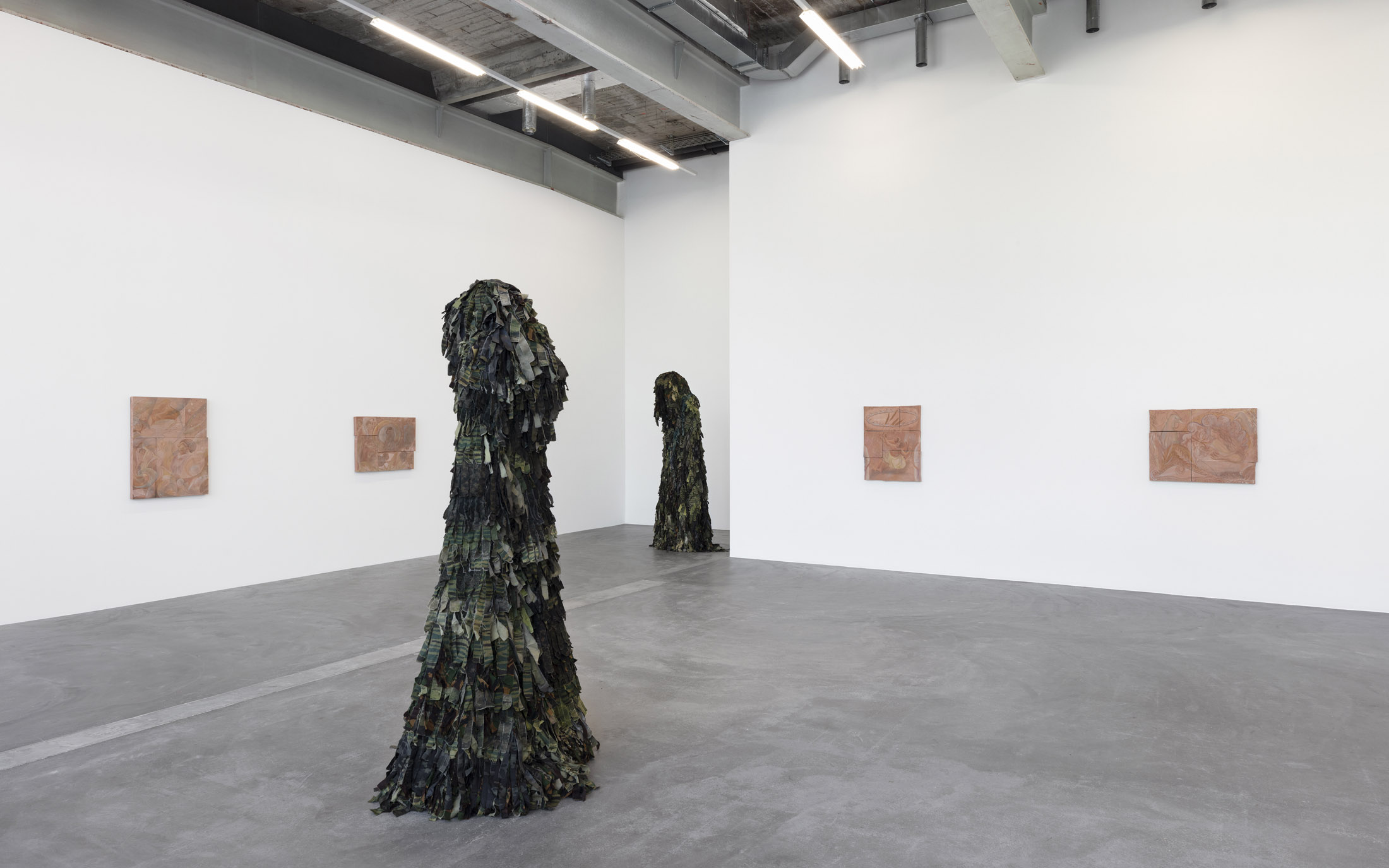
FOR REAL,’ Kunsthalle Zürich, 2023.

FOR REAL,’ Kunsthalle Zürich, 2023.

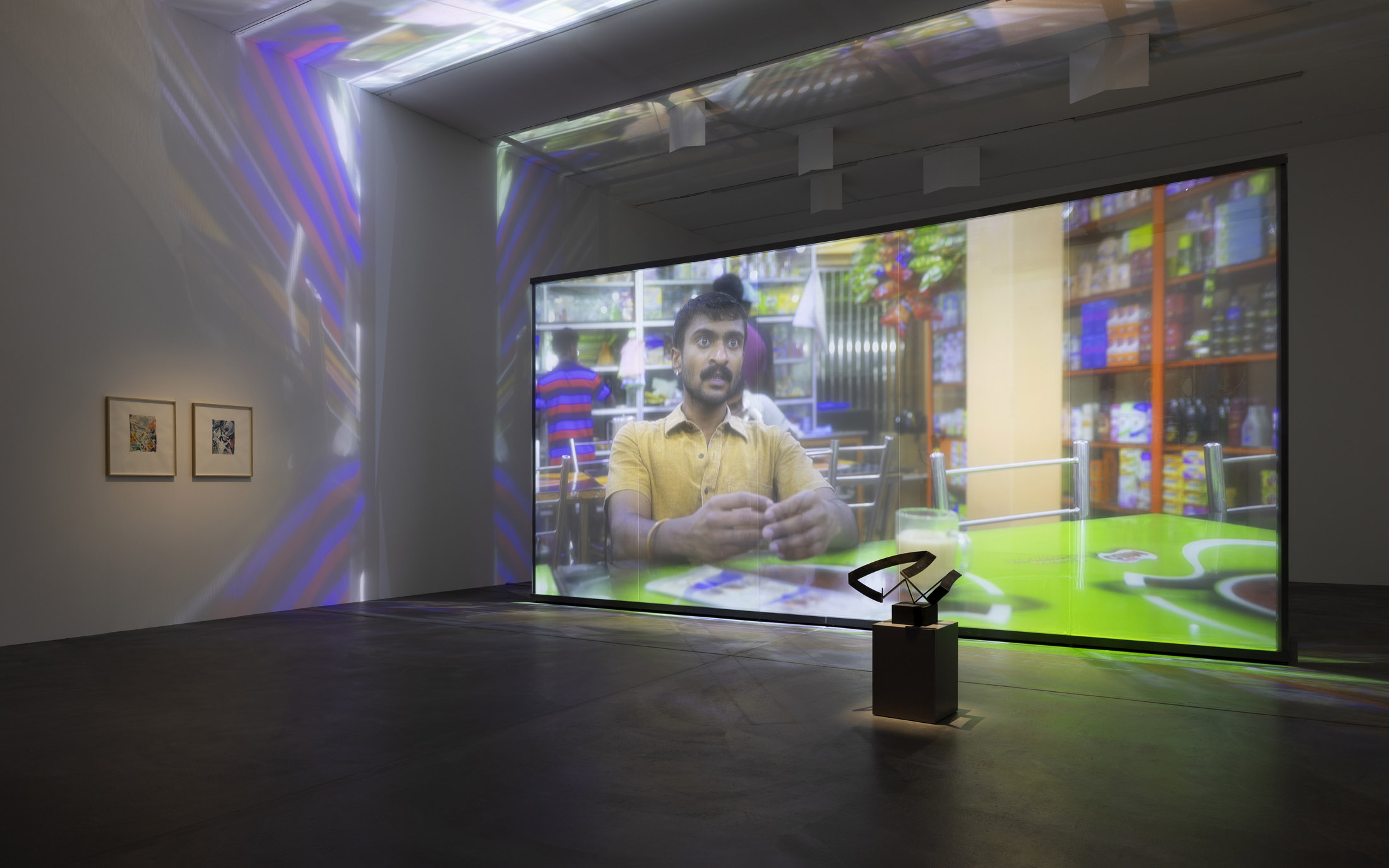
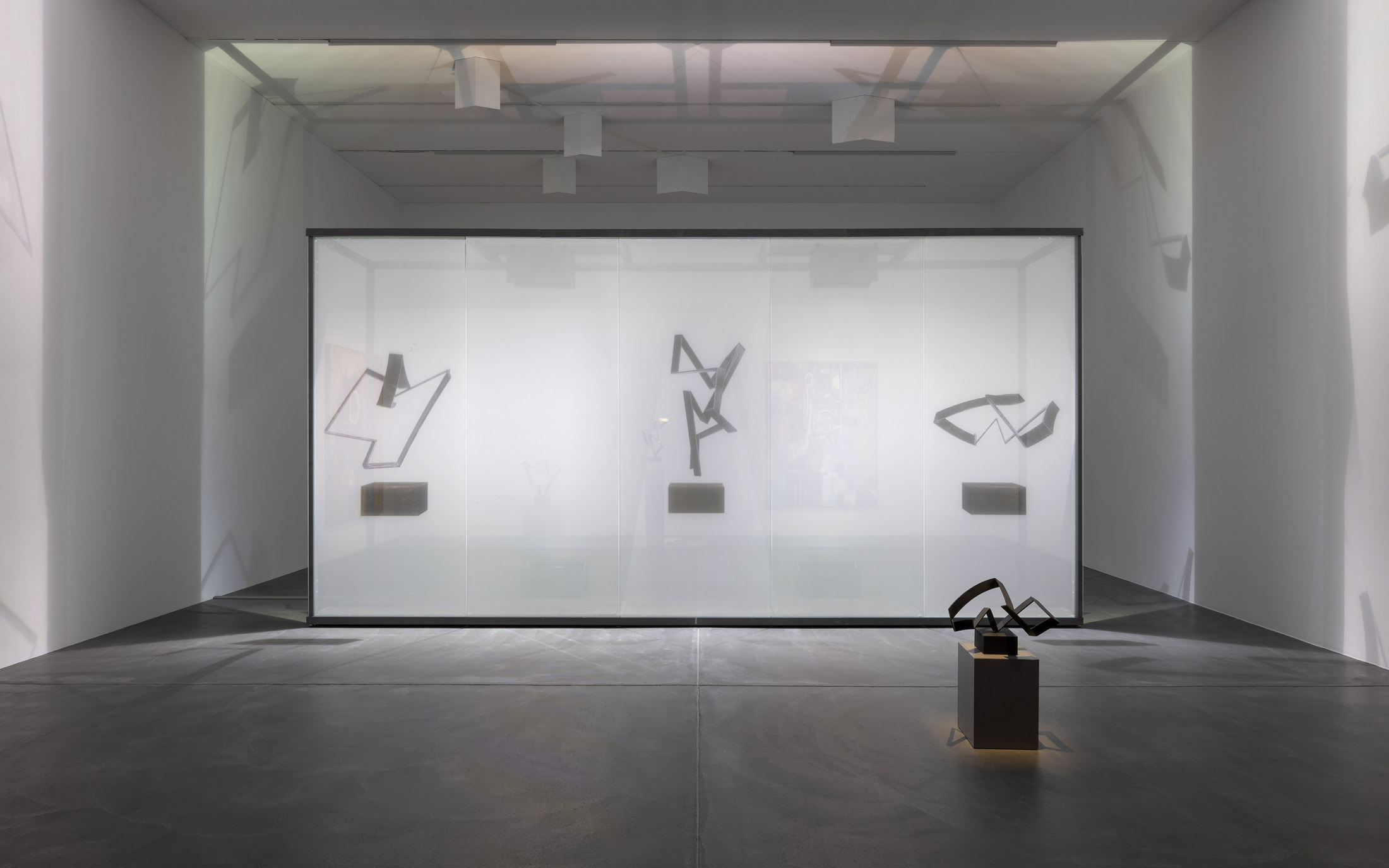
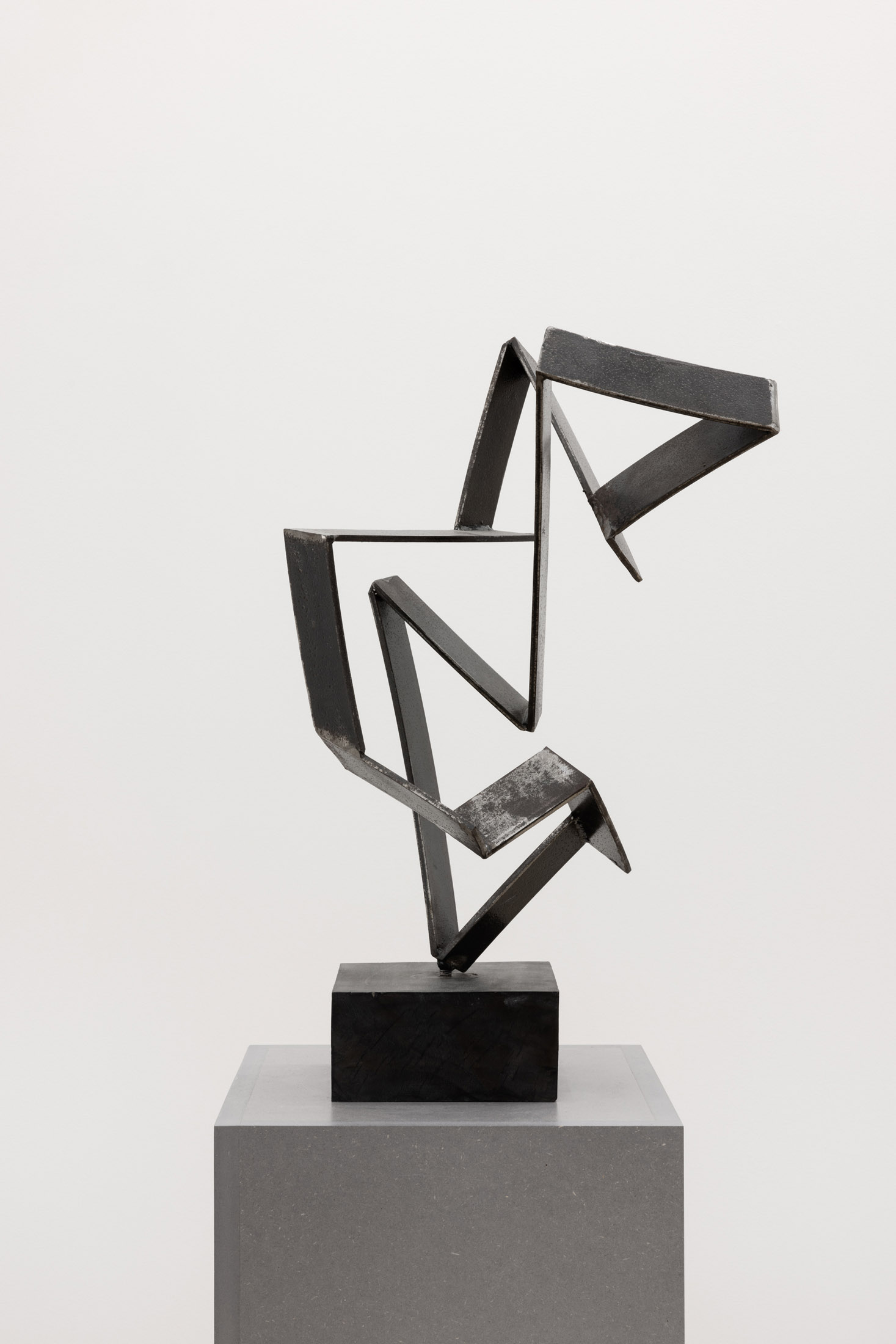
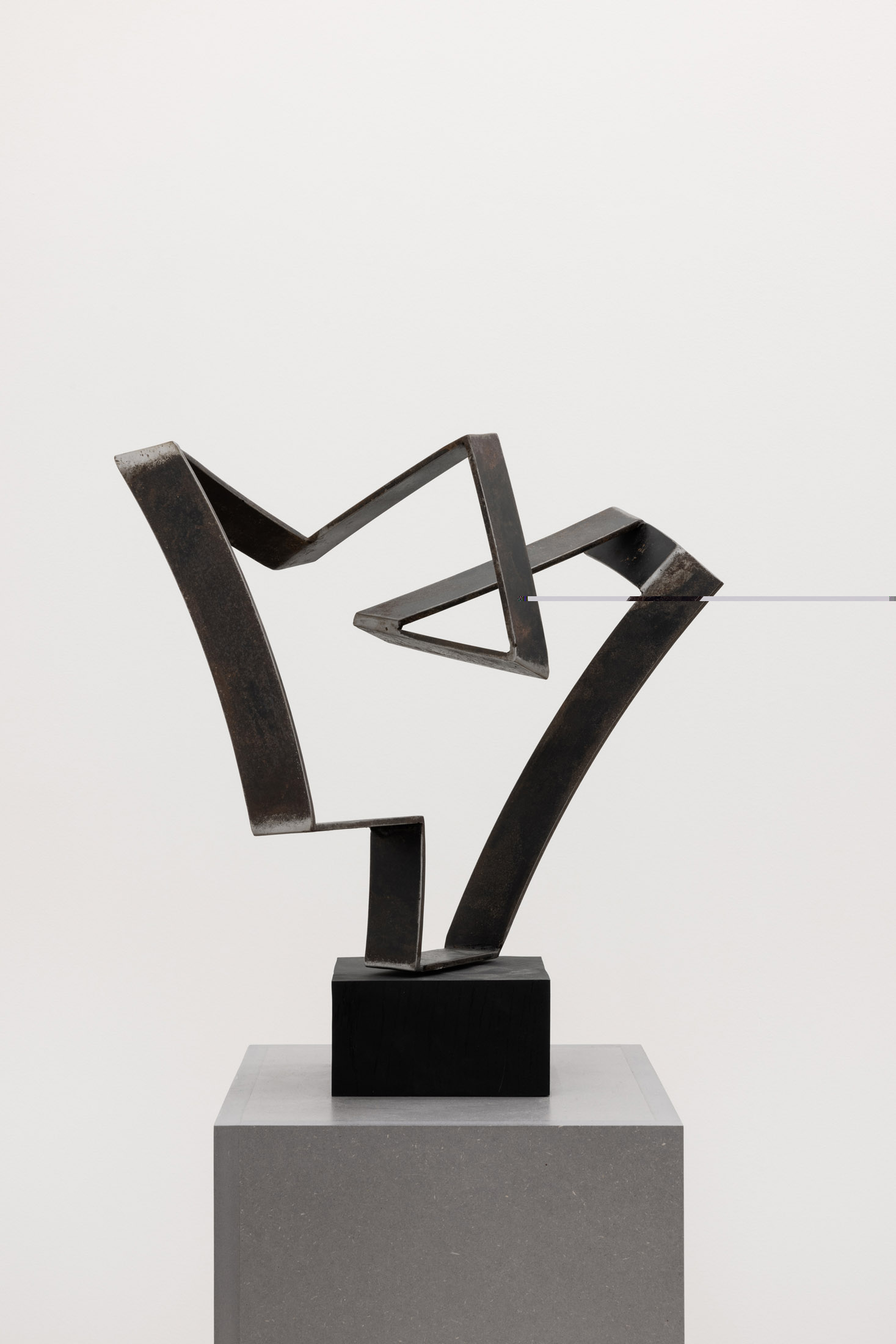
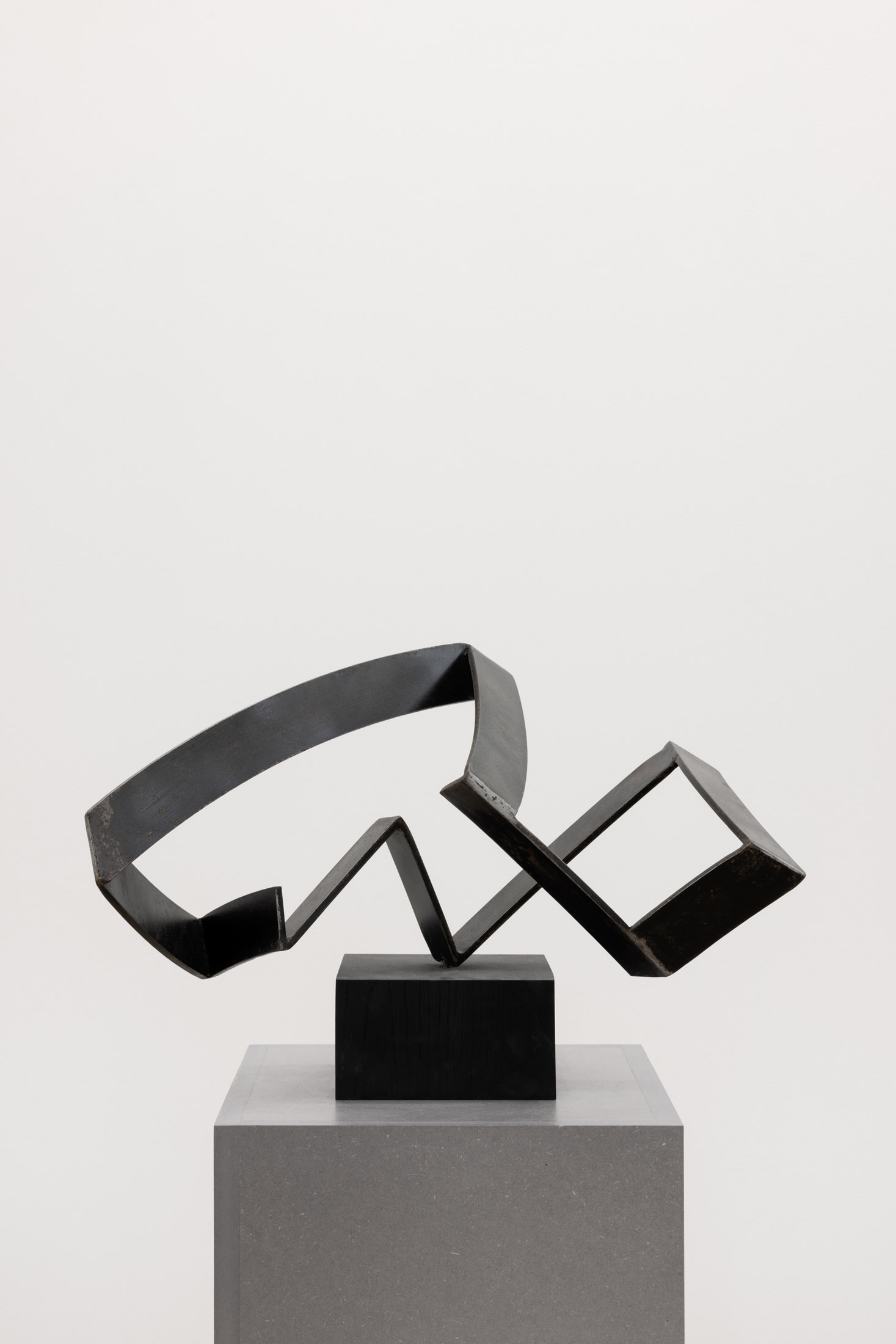
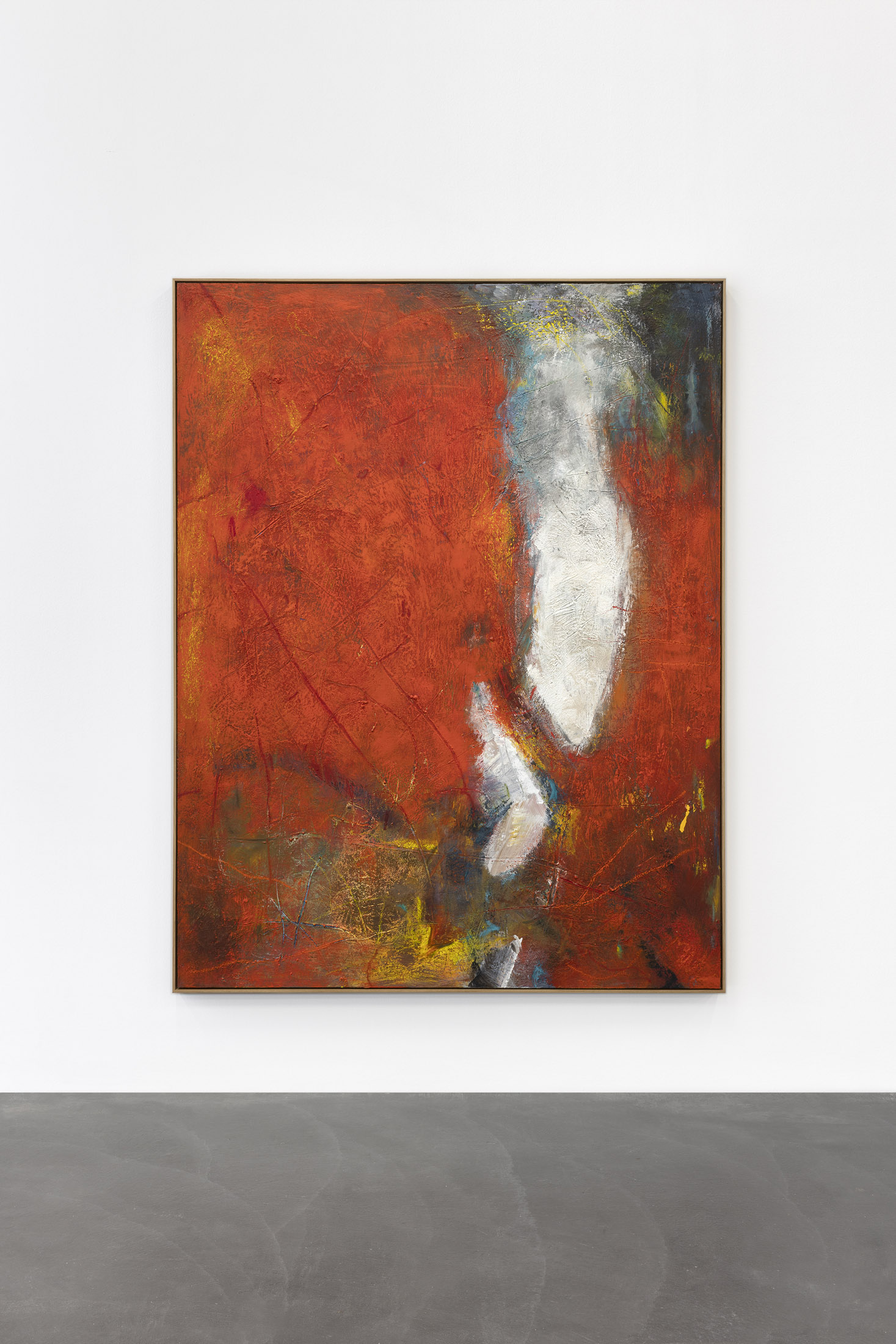

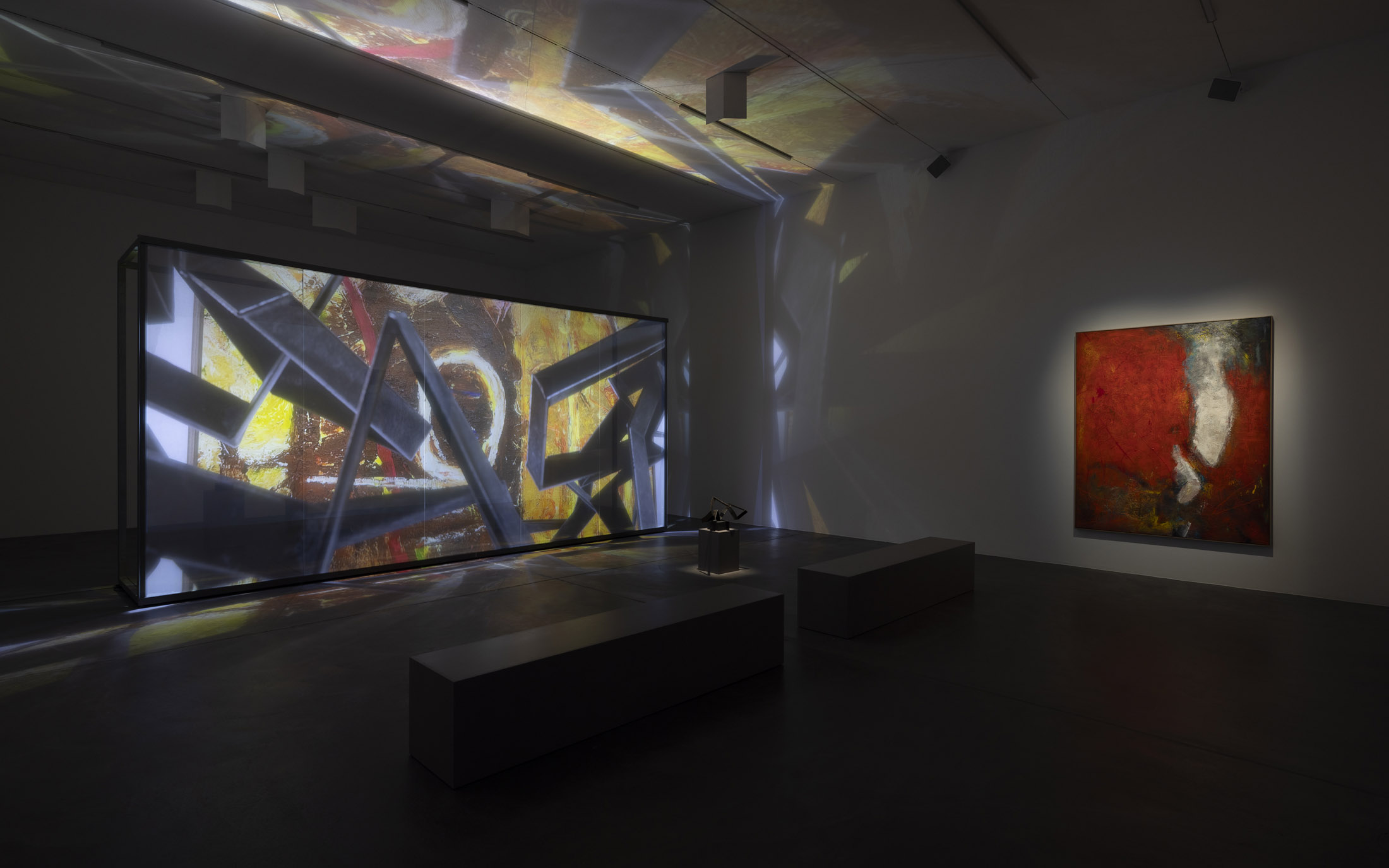
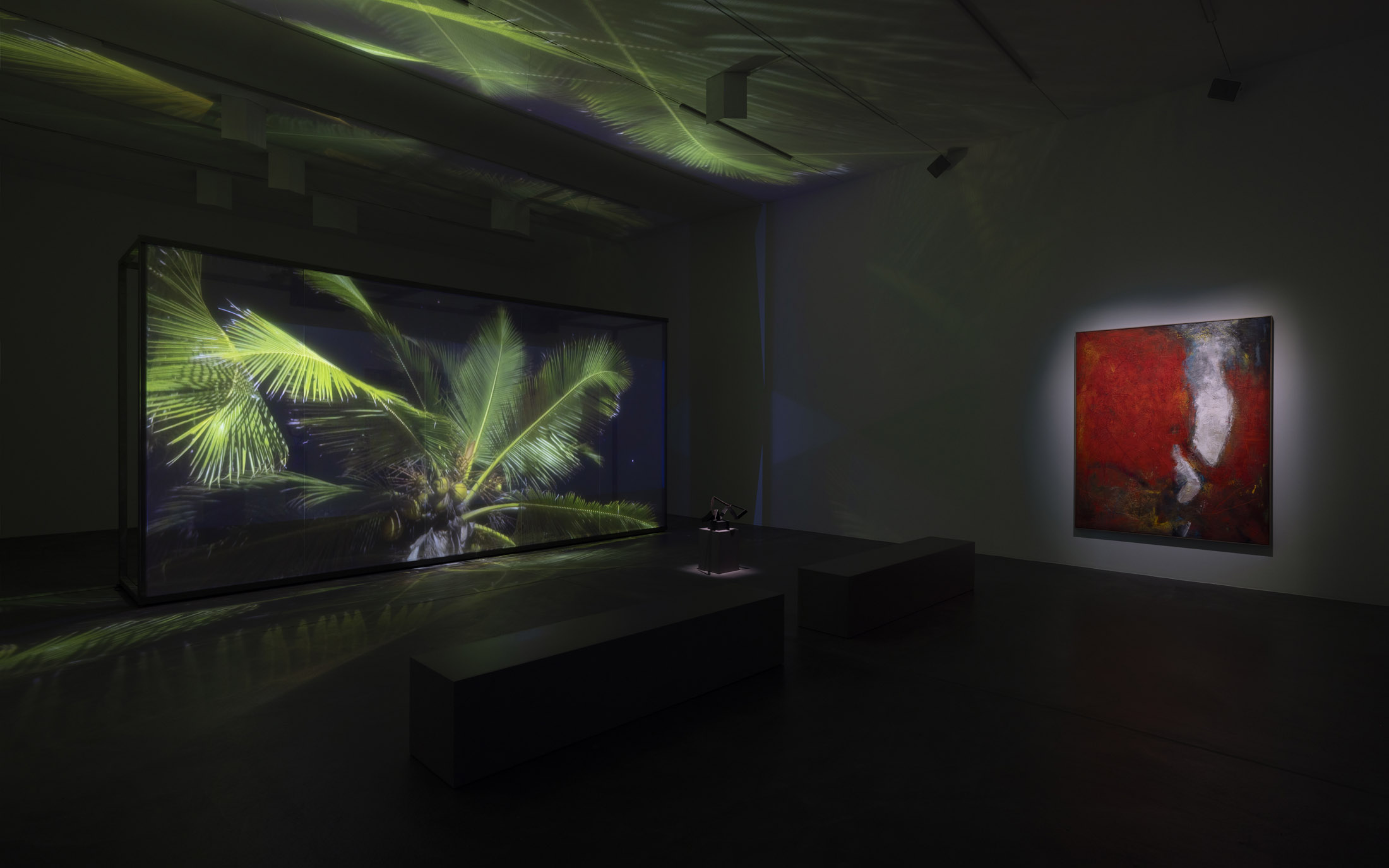
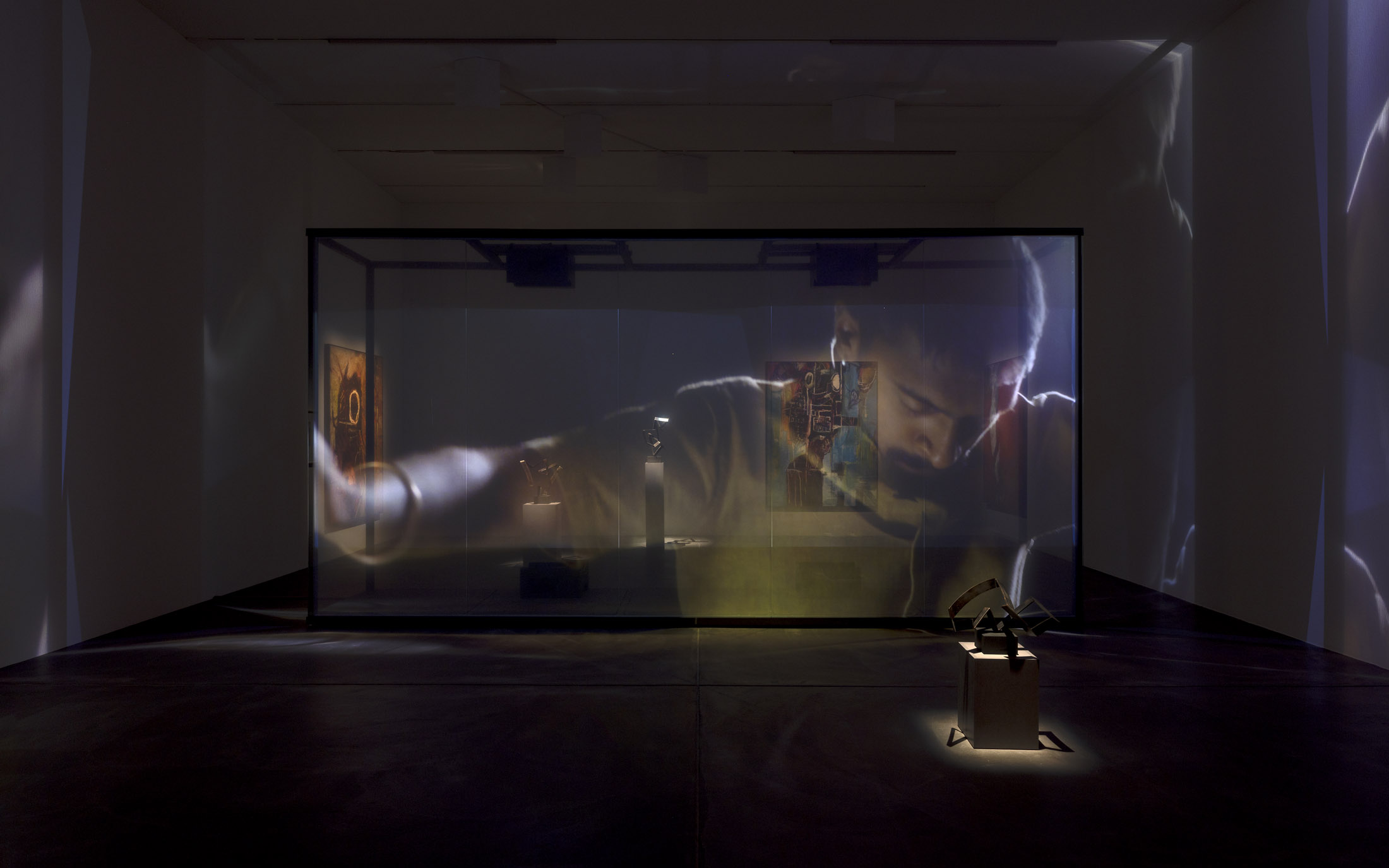

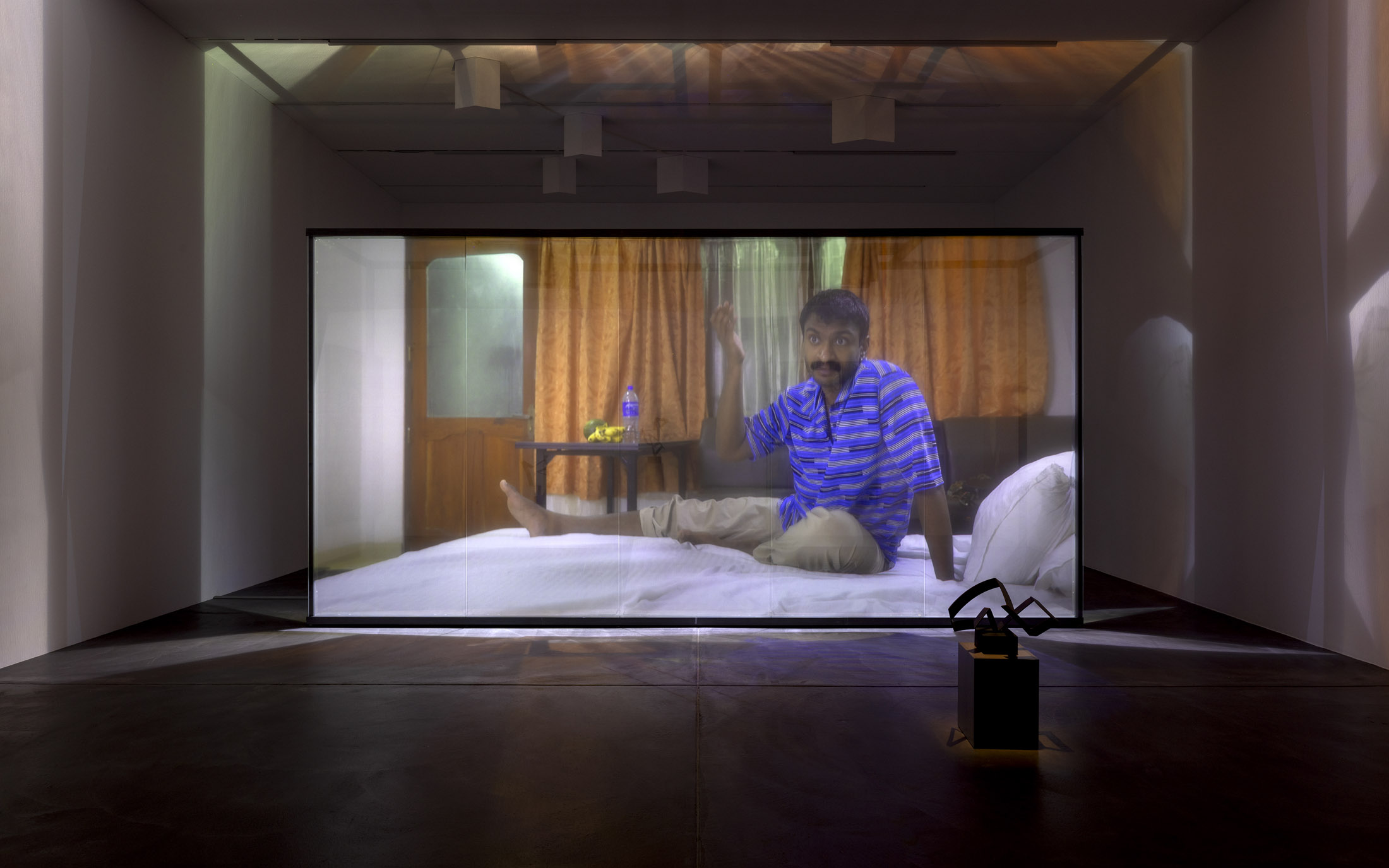
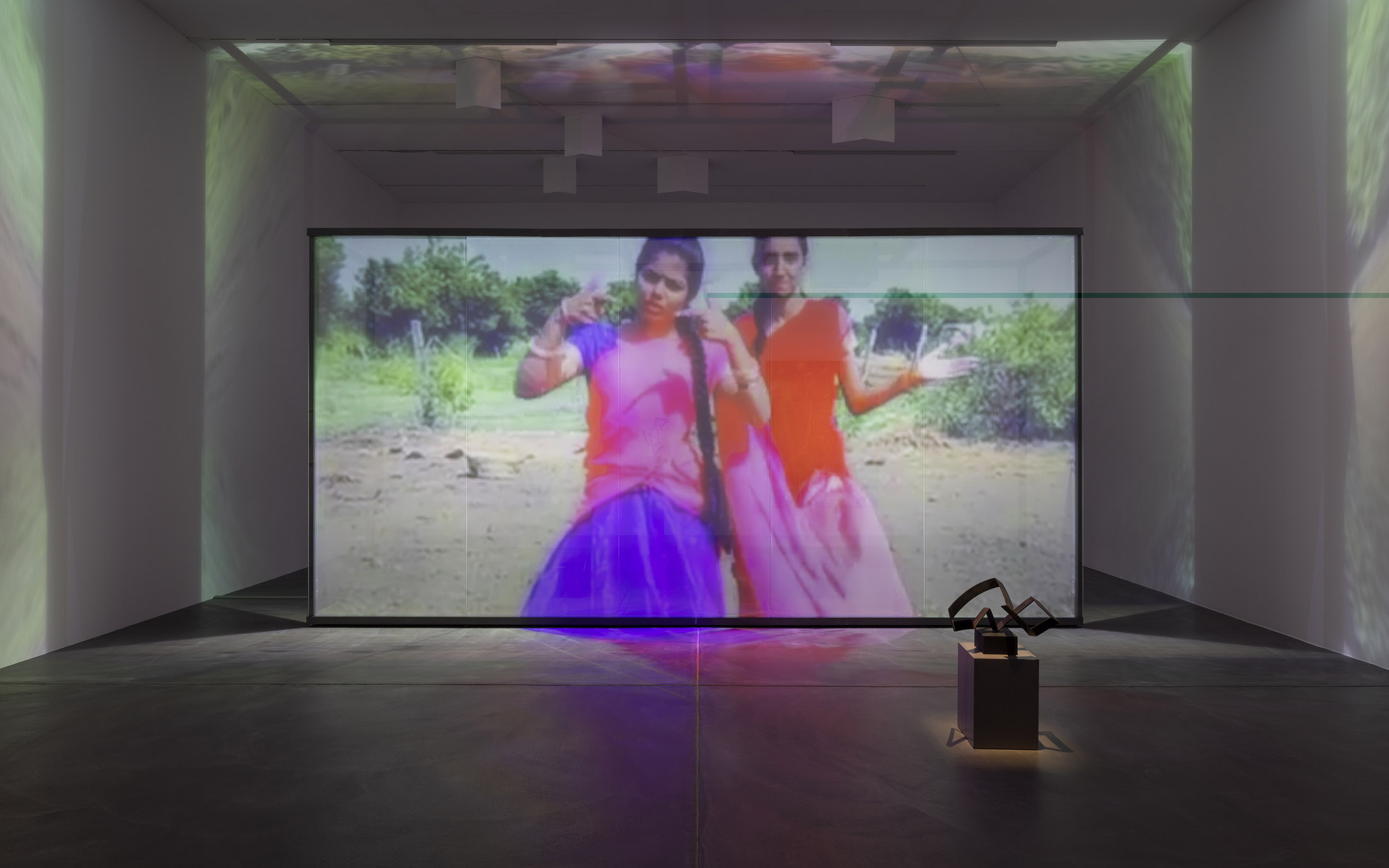


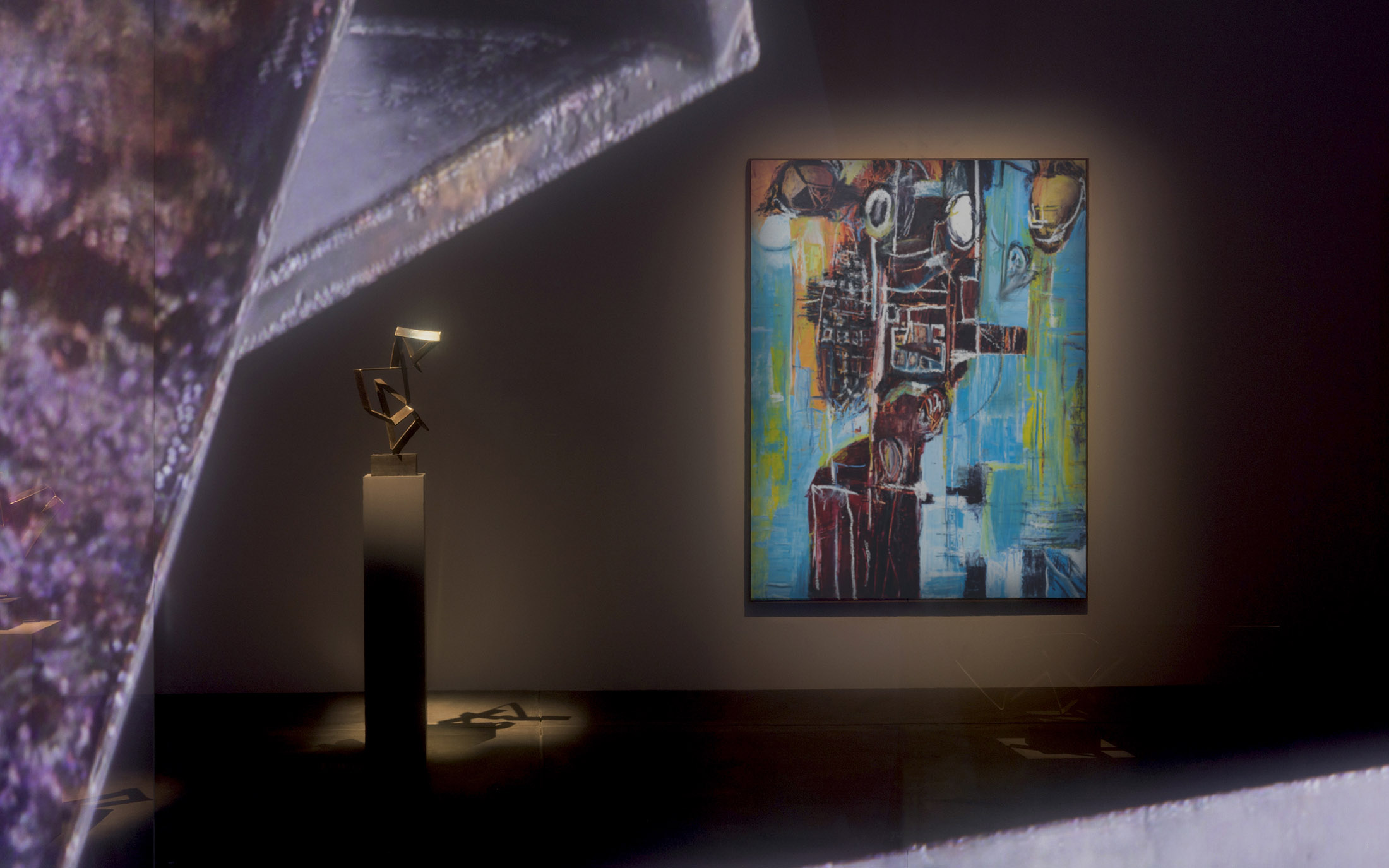


FOR REAL,’ Kunsthalle Zürich, 2023.
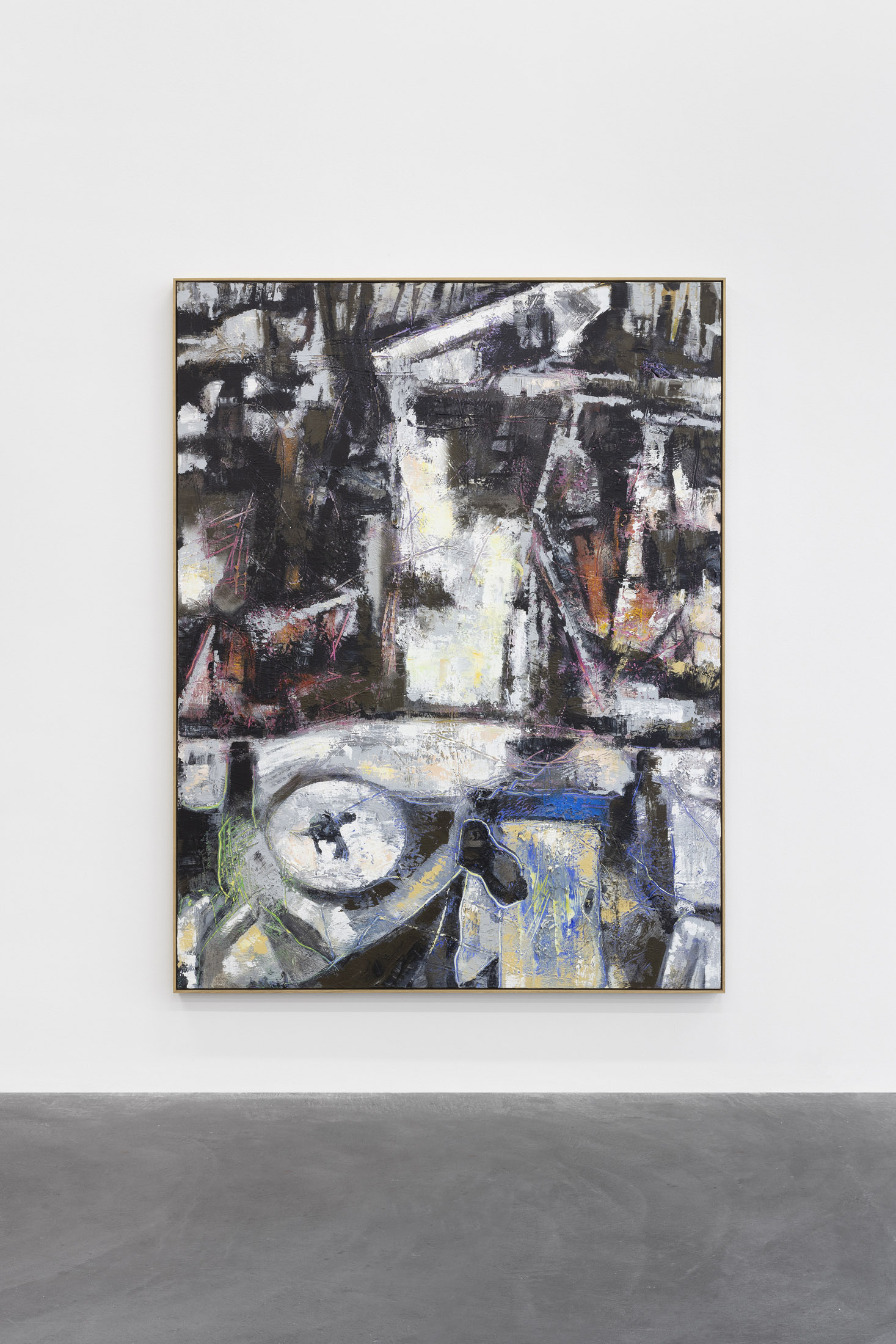
FOR REAL,’ Kunsthalle Zürich, 2023.

FOR REAL,’ Kunsthalle Zürich, 2023.
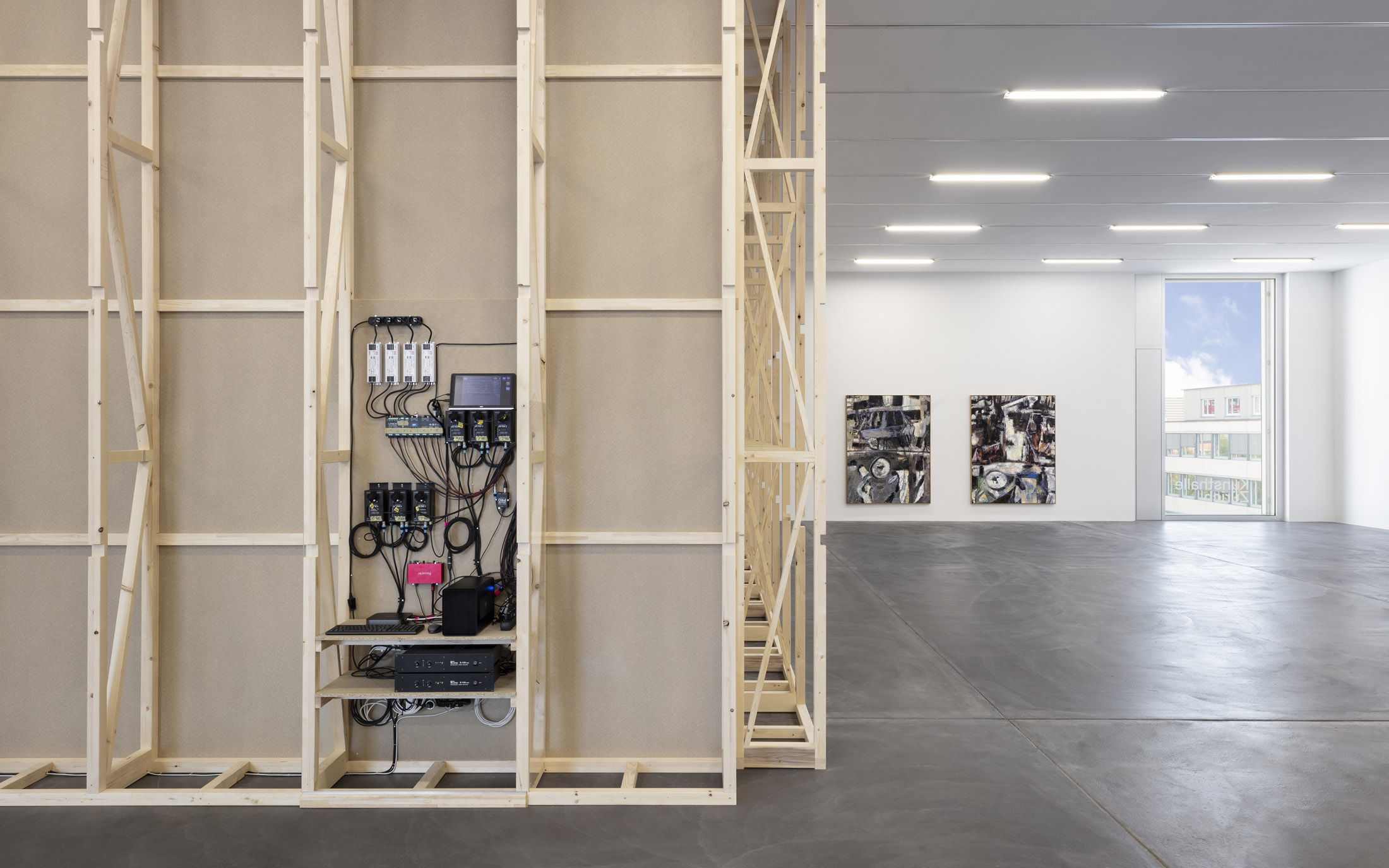
FOR REAL,’ Kunsthalle Zürich, 2023.
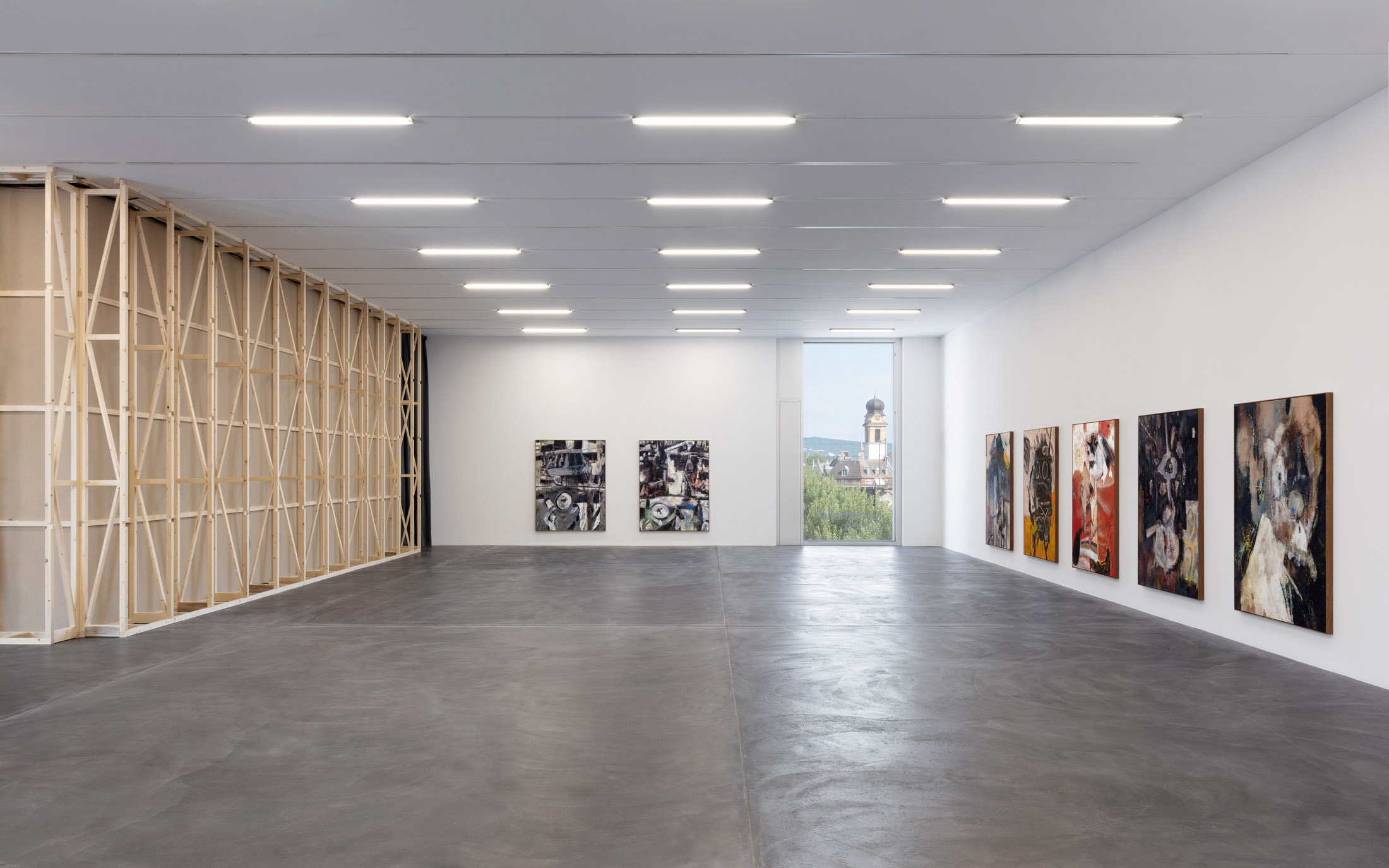
FOR REAL,’ Kunsthalle Zürich, 2023.
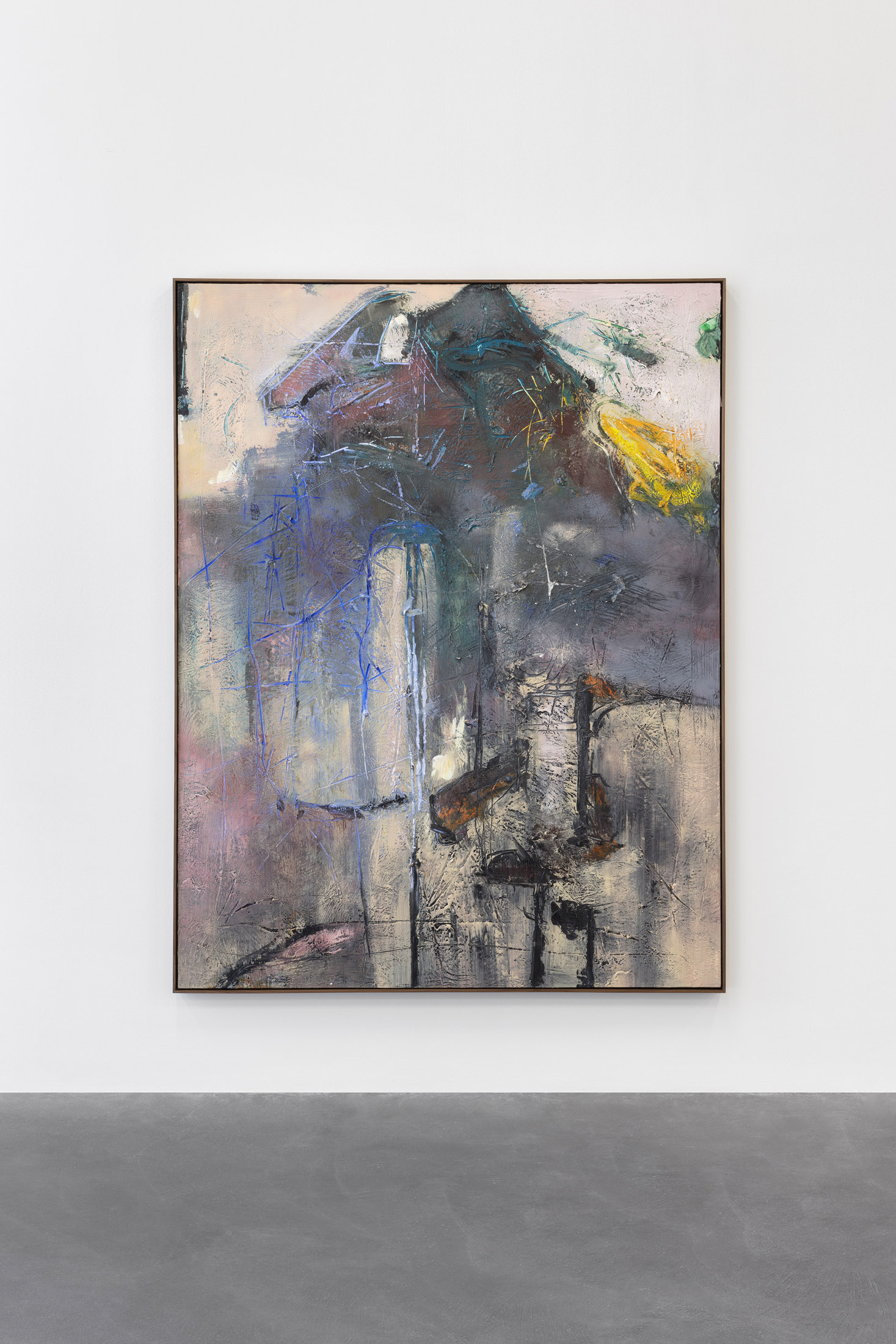
FOR REAL,’ Kunsthalle Zürich, 2023.

FOR REAL,’ Kunsthalle Zürich, 2023.
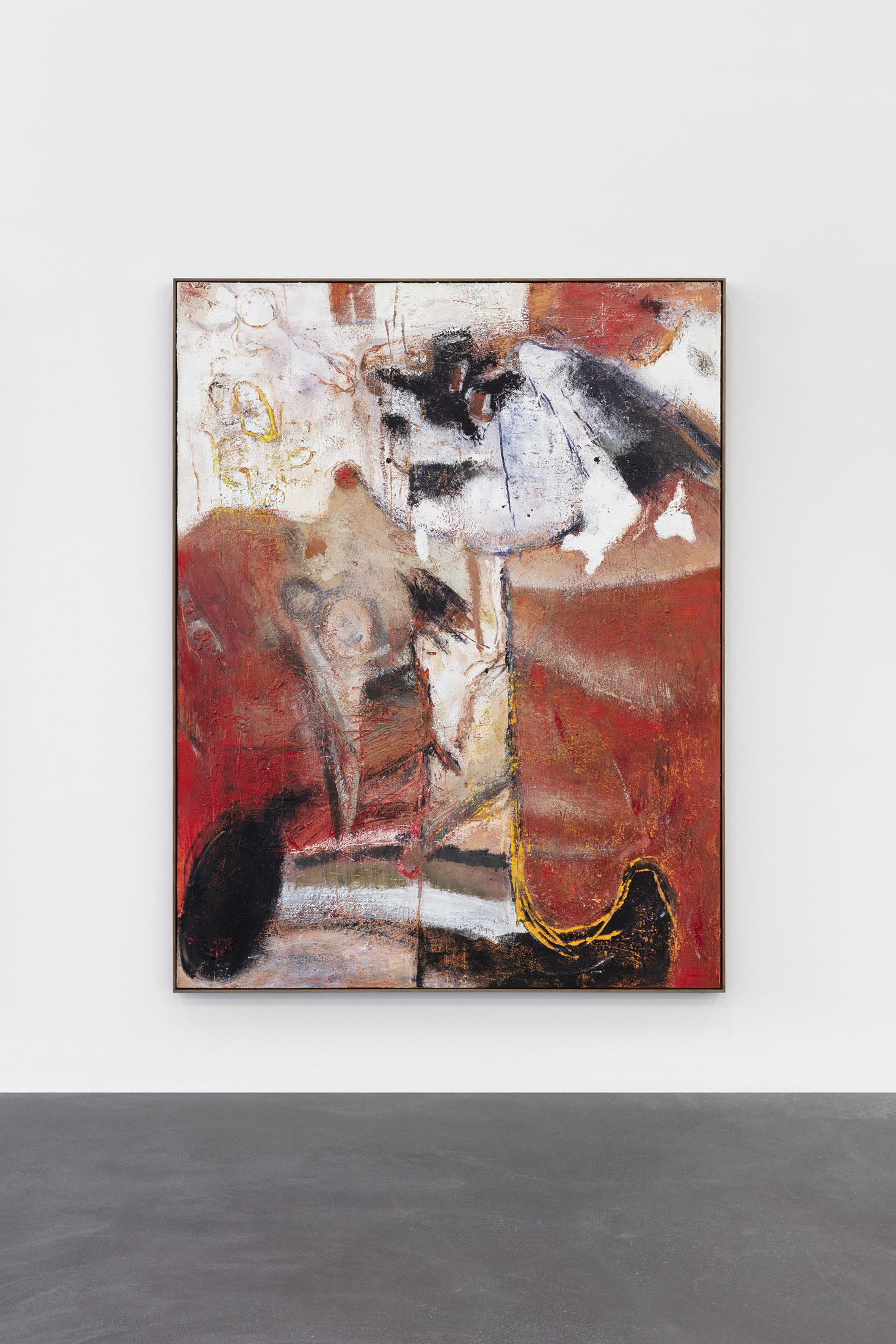
FOR REAL,’ Kunsthalle Zürich, 2023.
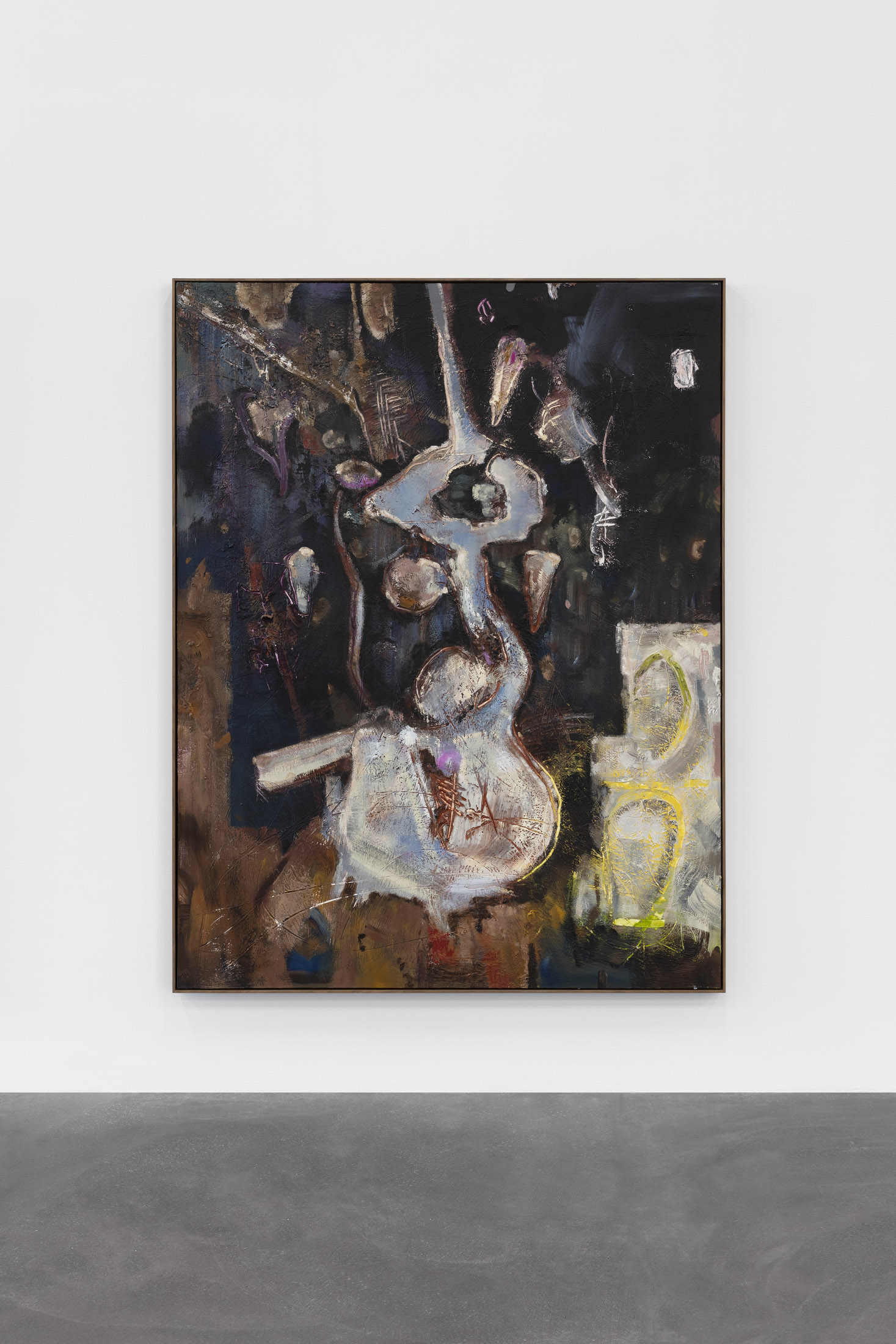
FOR REAL,’ Kunsthalle Zürich, 2023.

FOR REAL,’ Kunsthalle Zürich, 2023.
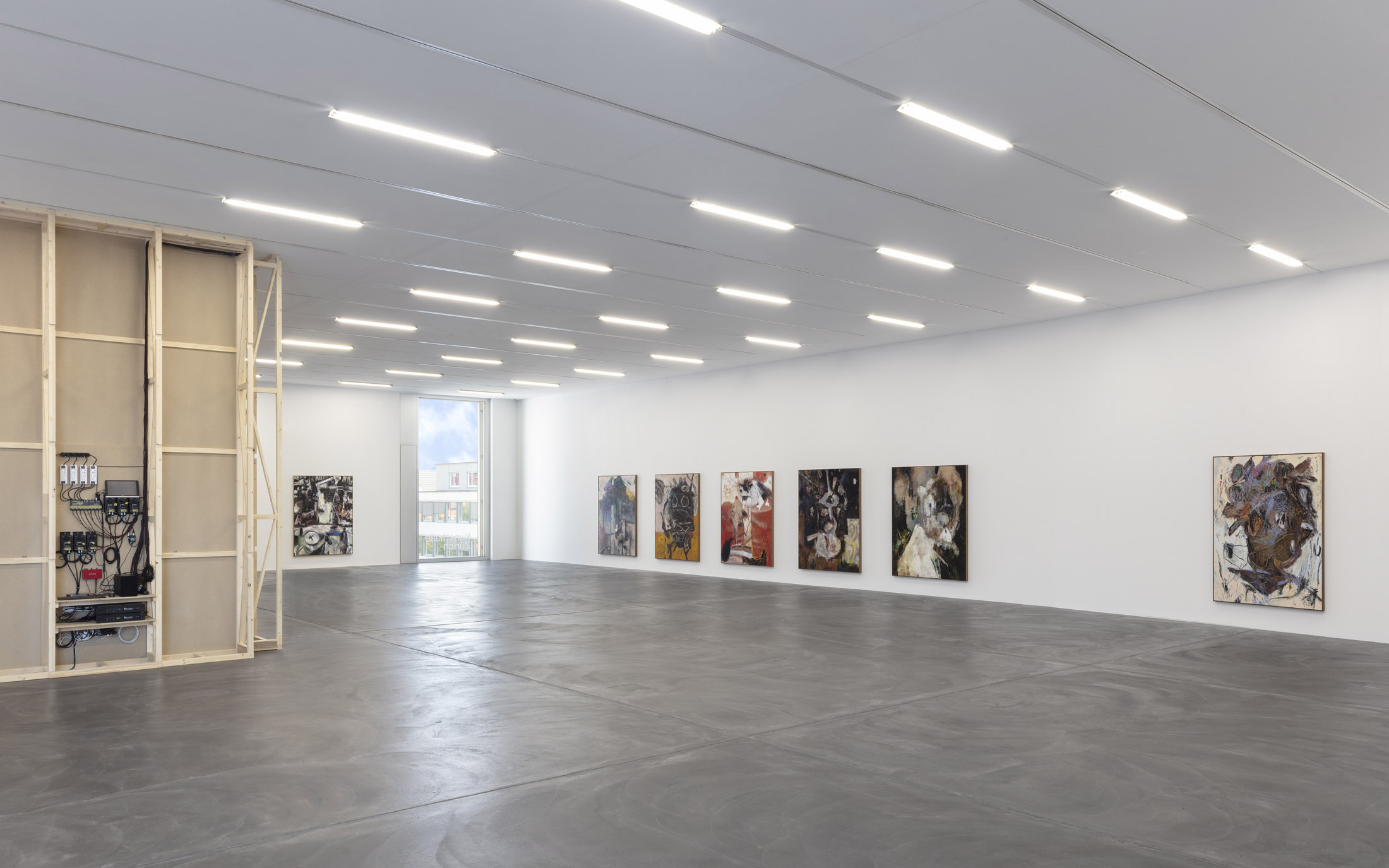
FOR REAL,’ Kunsthalle Zürich, 2023.

FOR REAL,’ Kunsthalle Zürich, 2023.

FOR REAL,’ Kunsthalle Zürich, 2023.

FOR REAL,’ Kunsthalle Zürich, 2023.

FOR REAL,’ Kunsthalle Zürich, 2023.
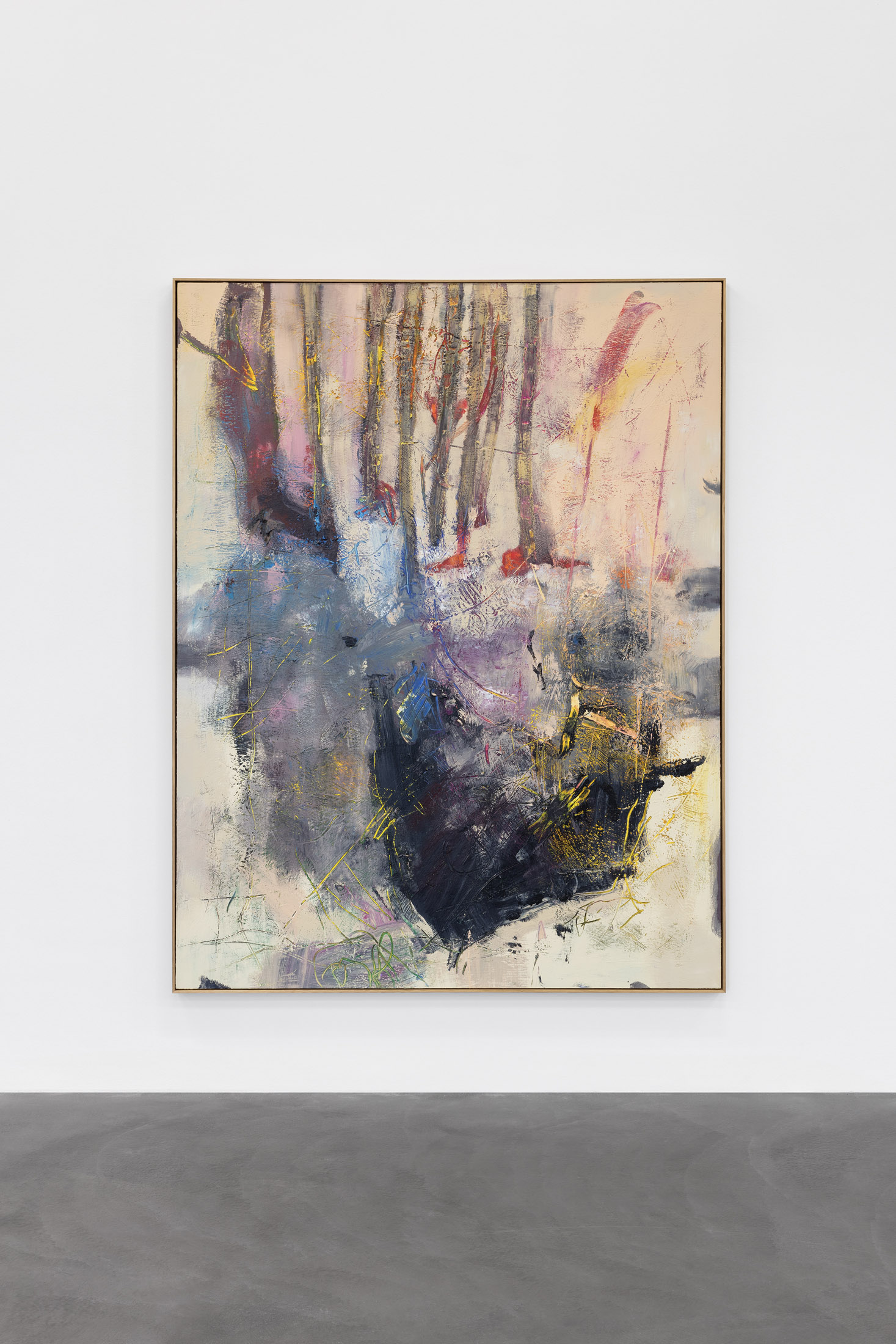
FOR REAL,’ Kunsthalle Zürich, 2023.

FOR REAL,’ Kunsthalle Zürich, 2023.

FOR REAL,’ Kunsthalle Zürich, 2023.
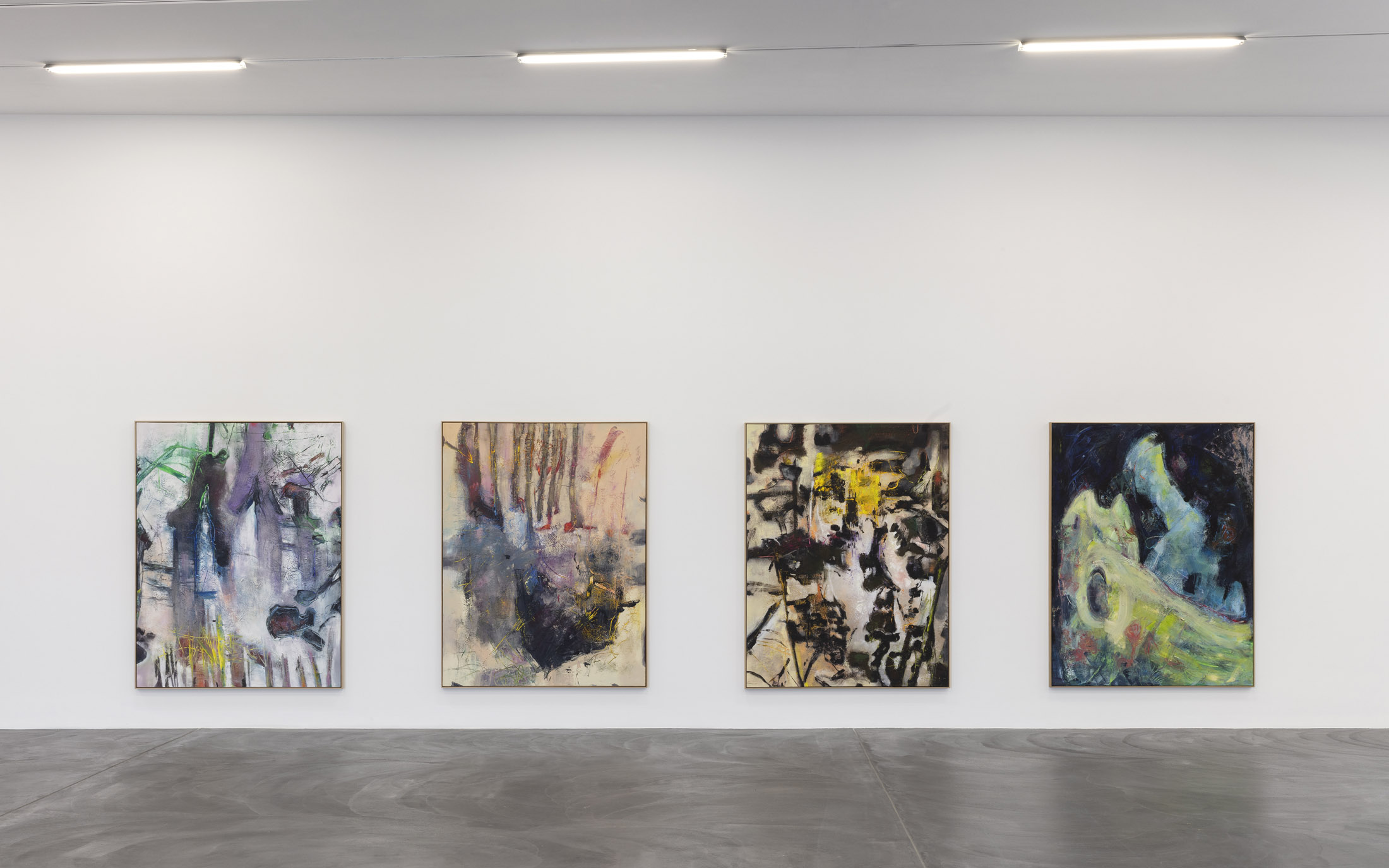
FOR REAL,’ Kunsthalle Zürich, 2023.
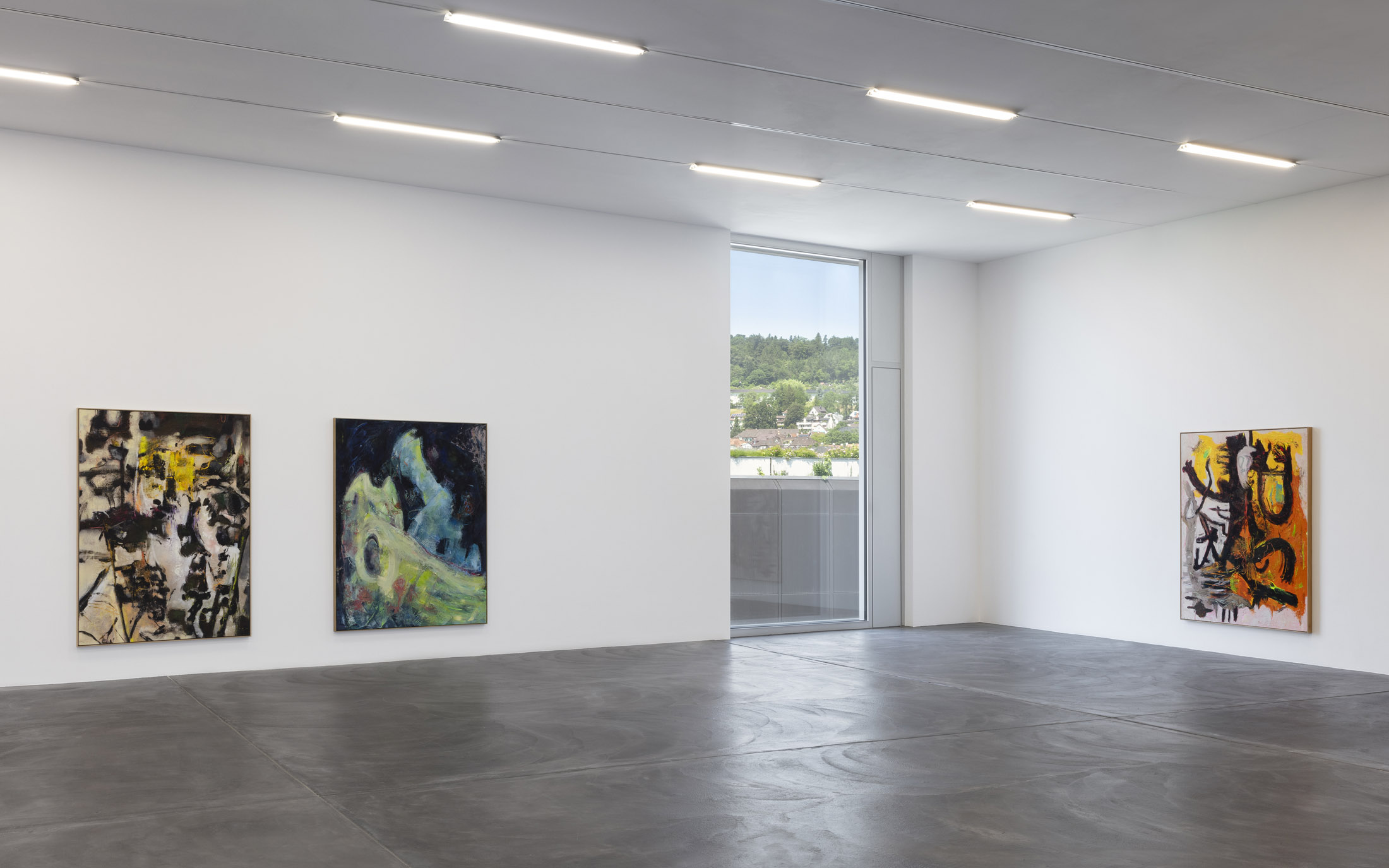
FOR REAL,’ Kunsthalle Zürich, 2023.

FOR REAL,’ Kunsthalle Zürich, 2023.

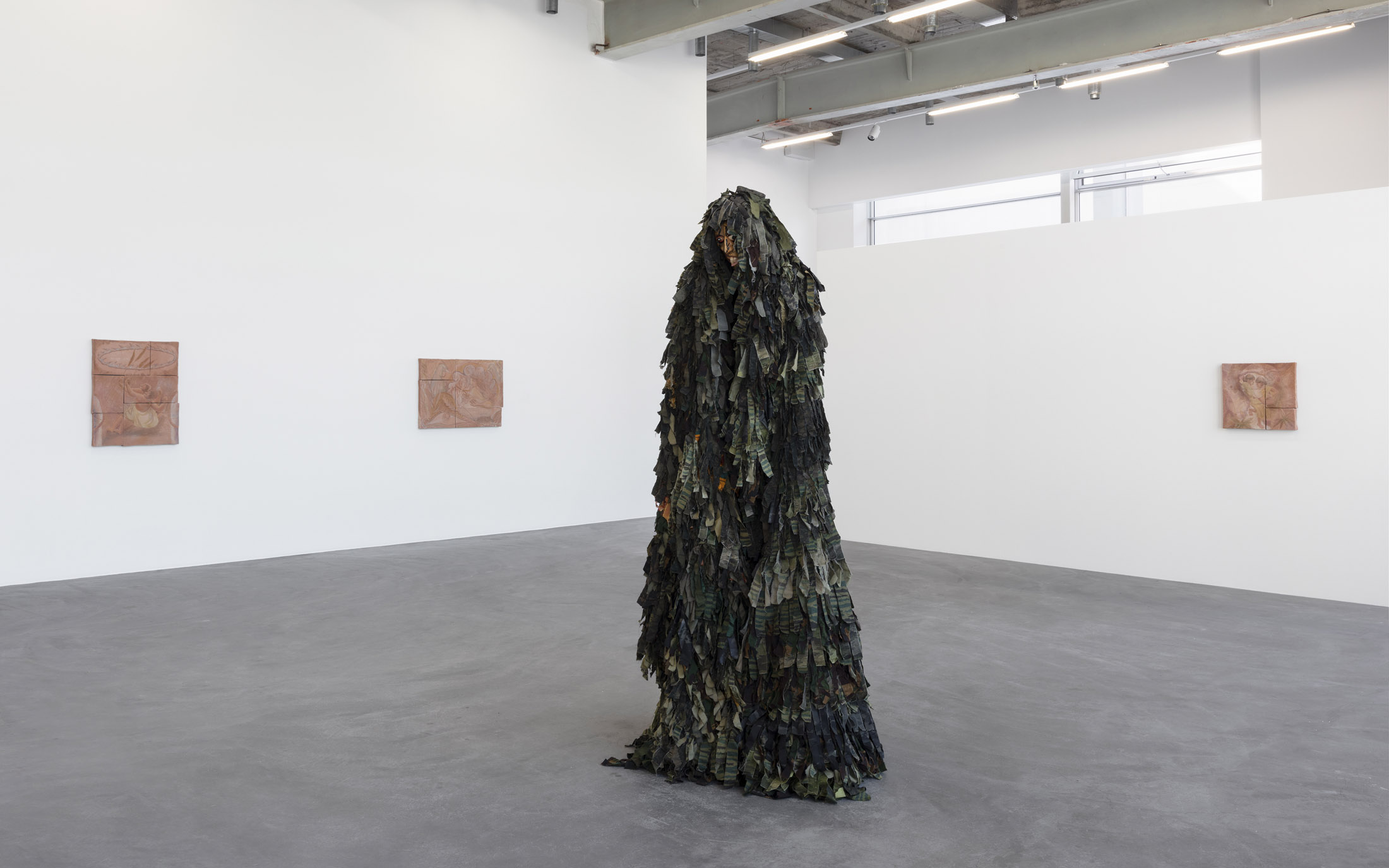
FOR REAL,’ Kunsthalle Zürich, 2023.
